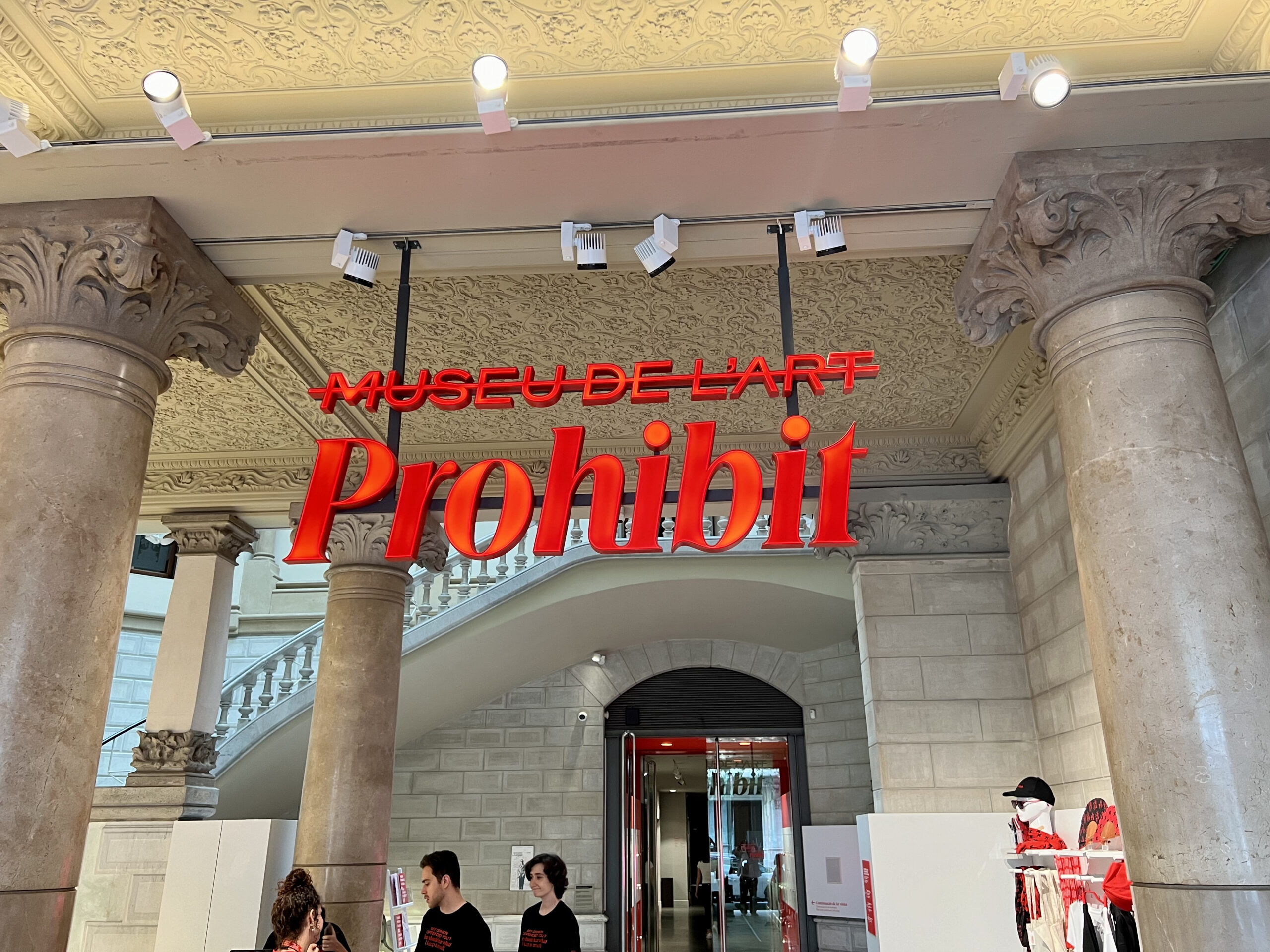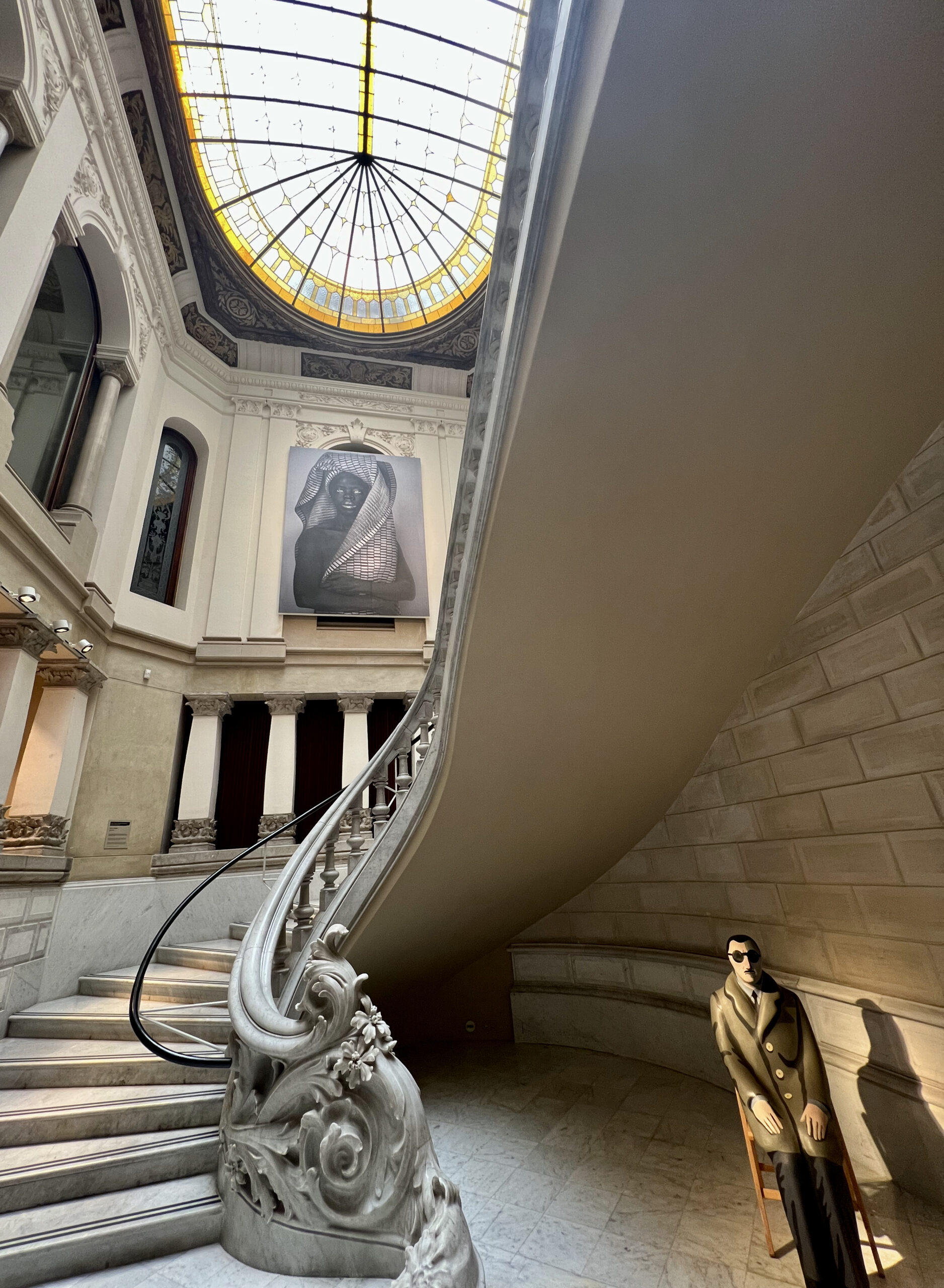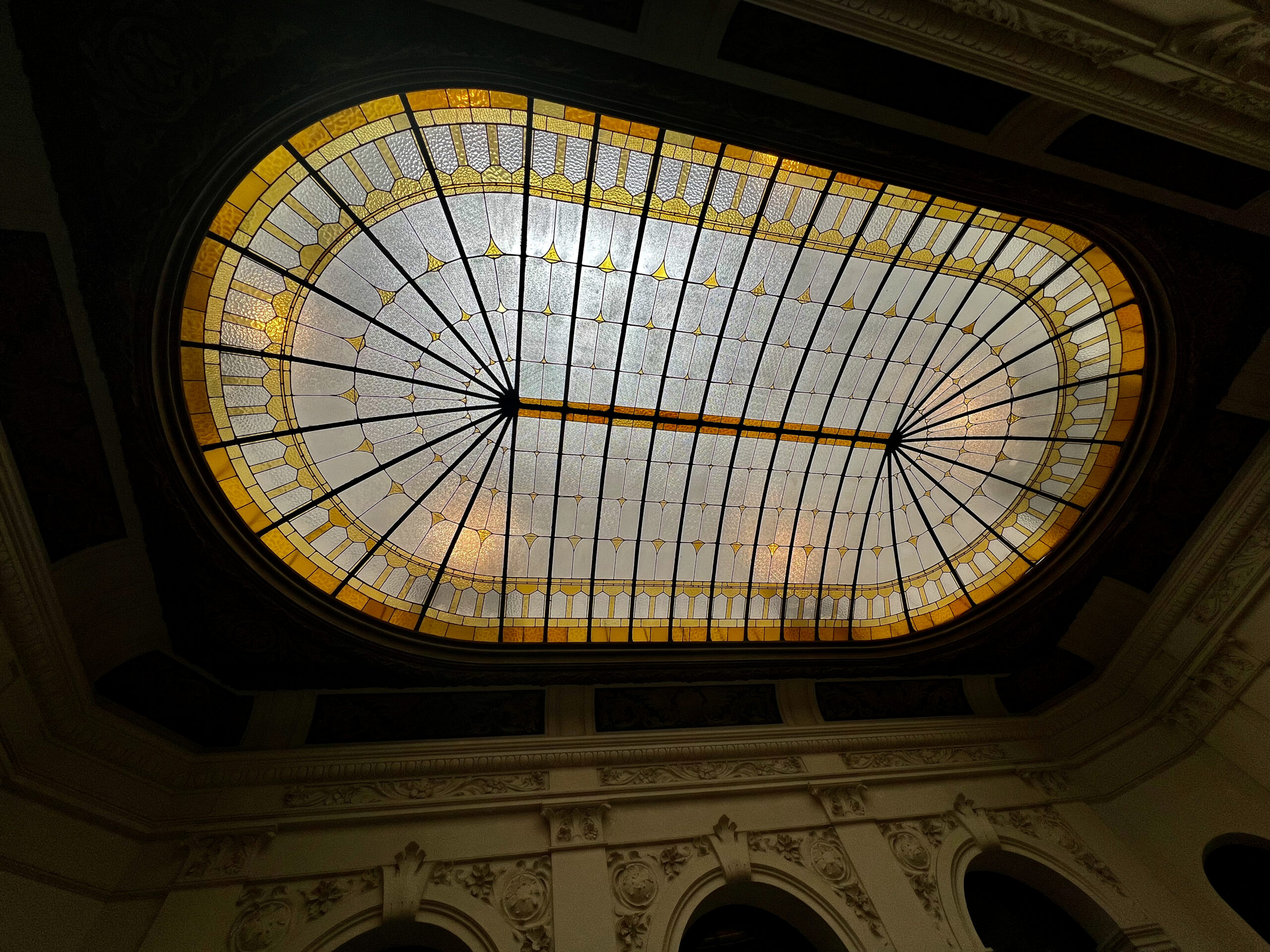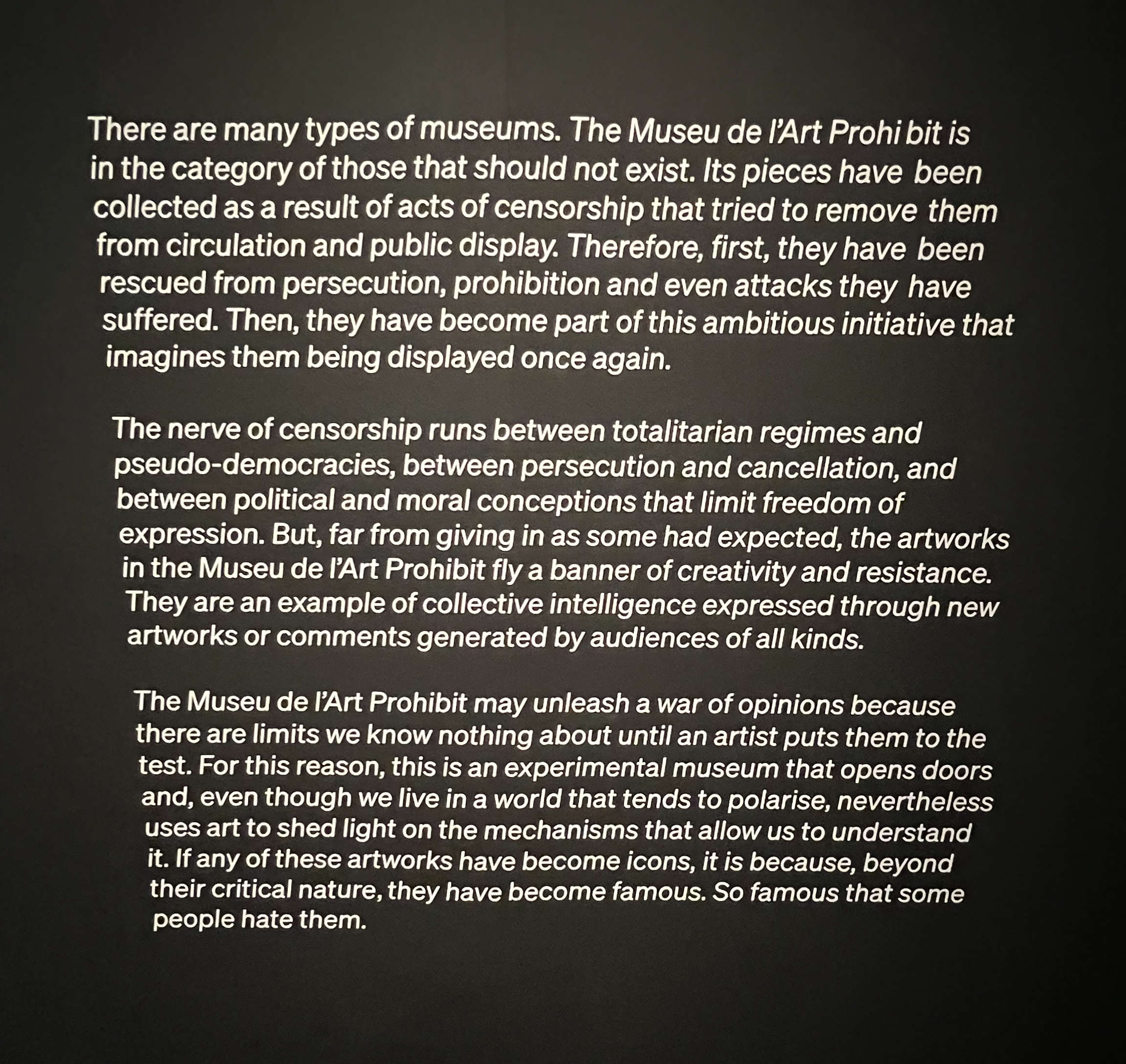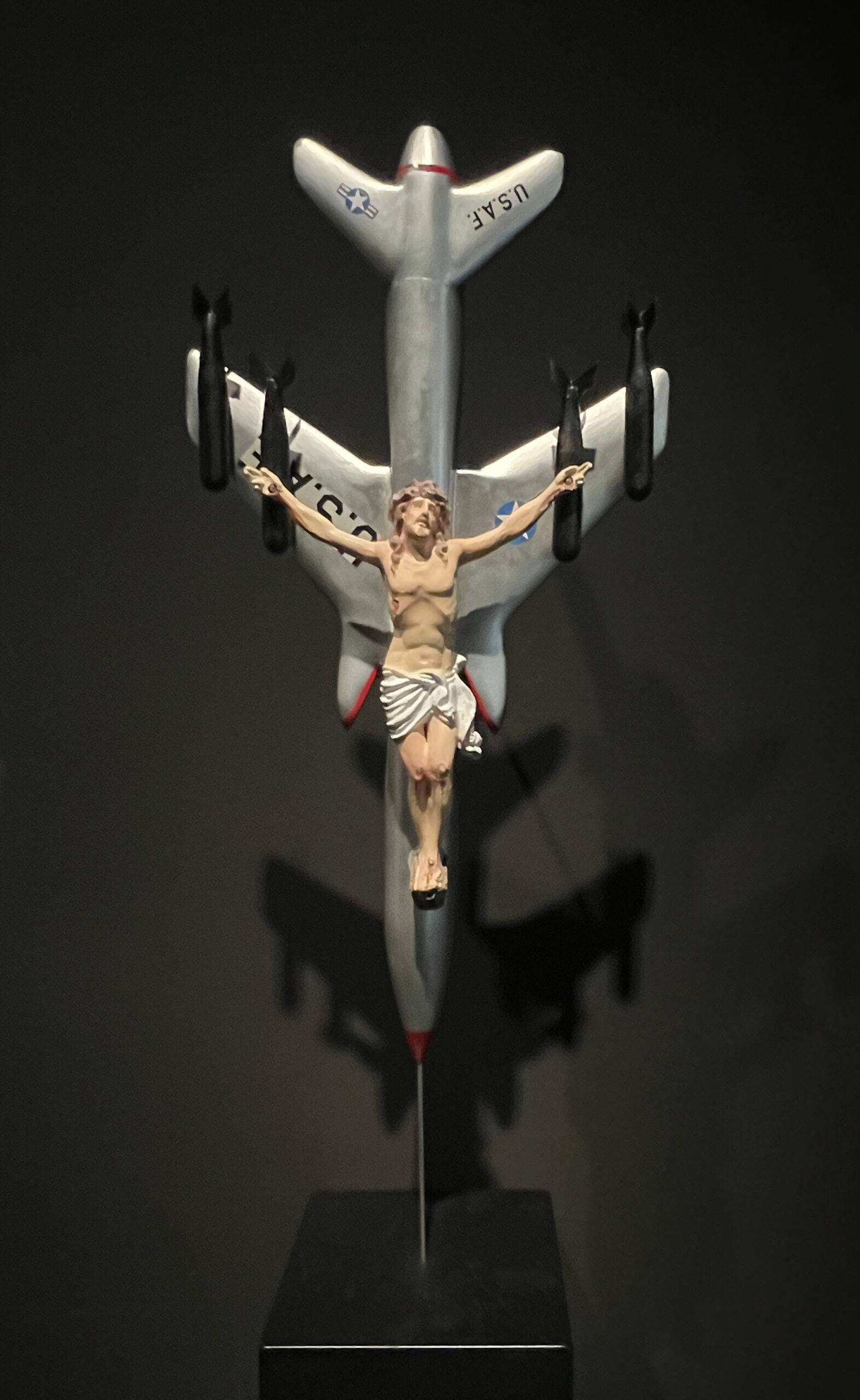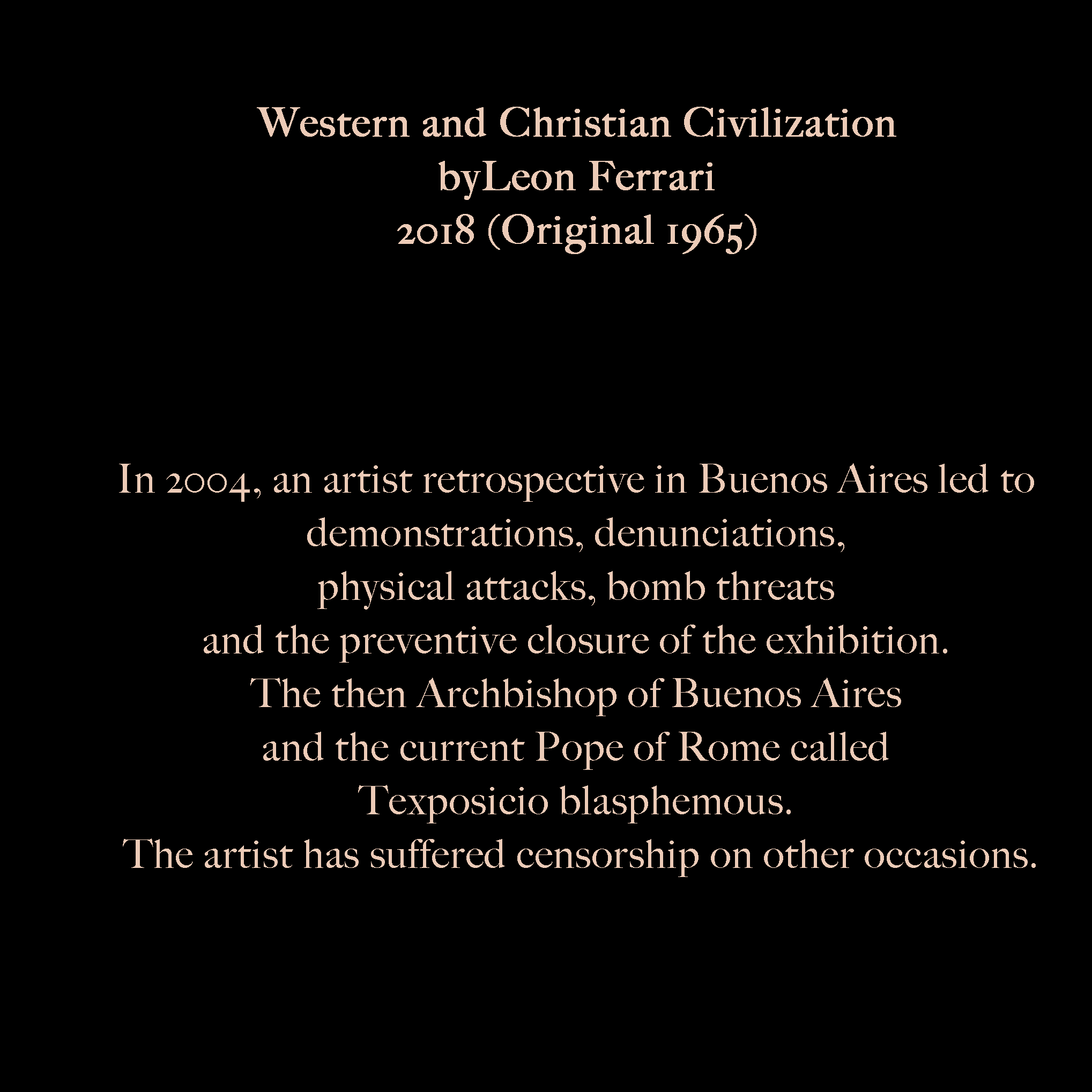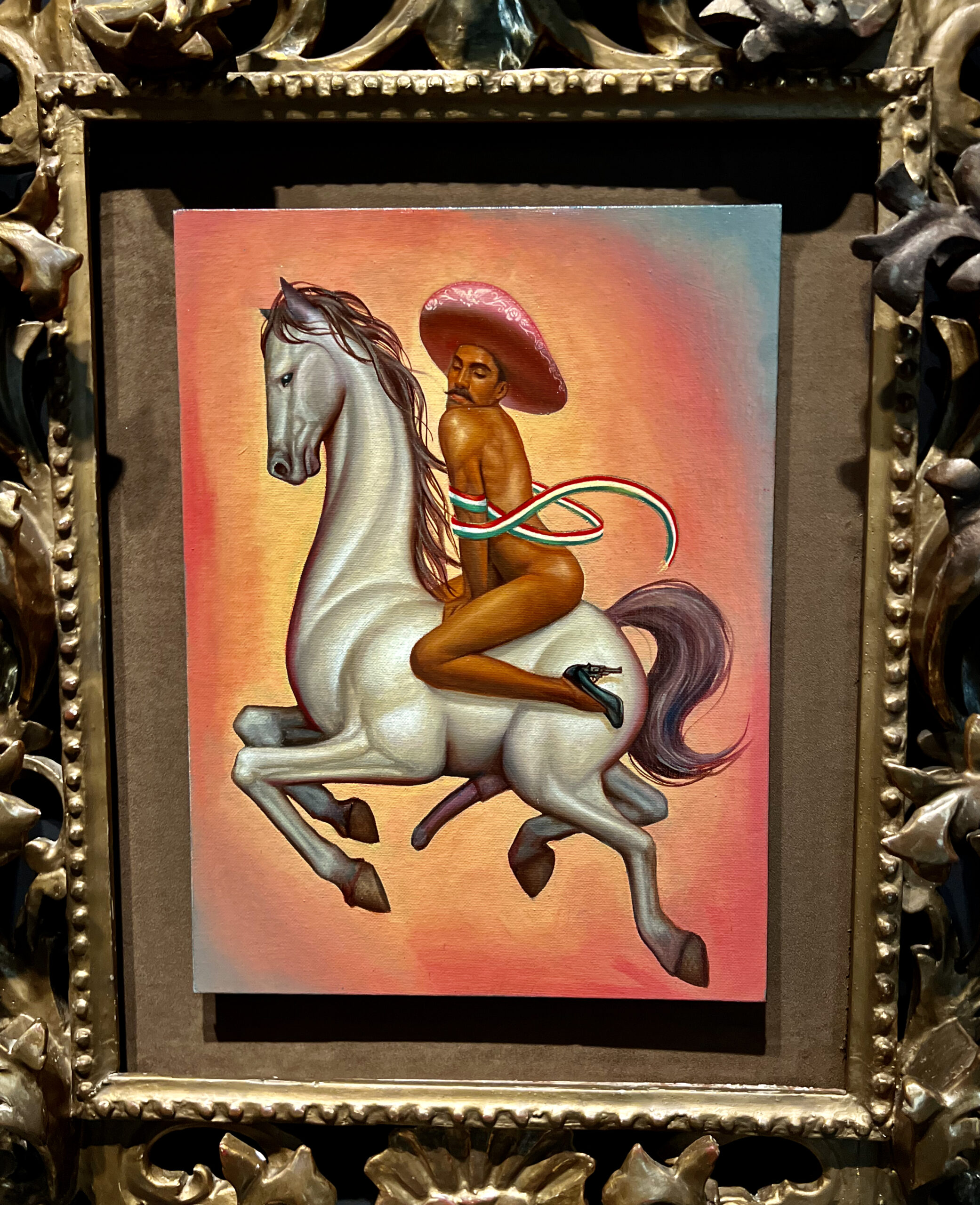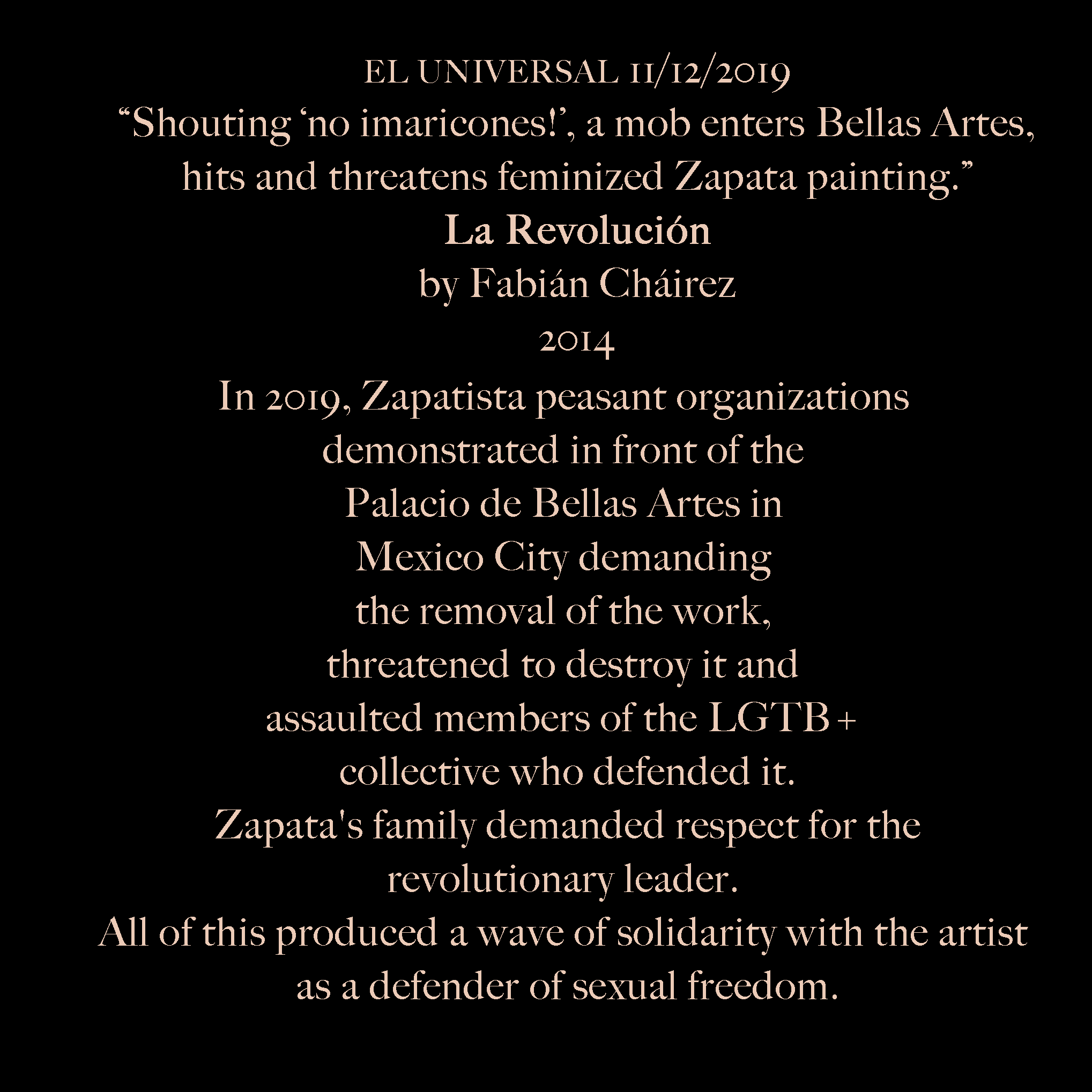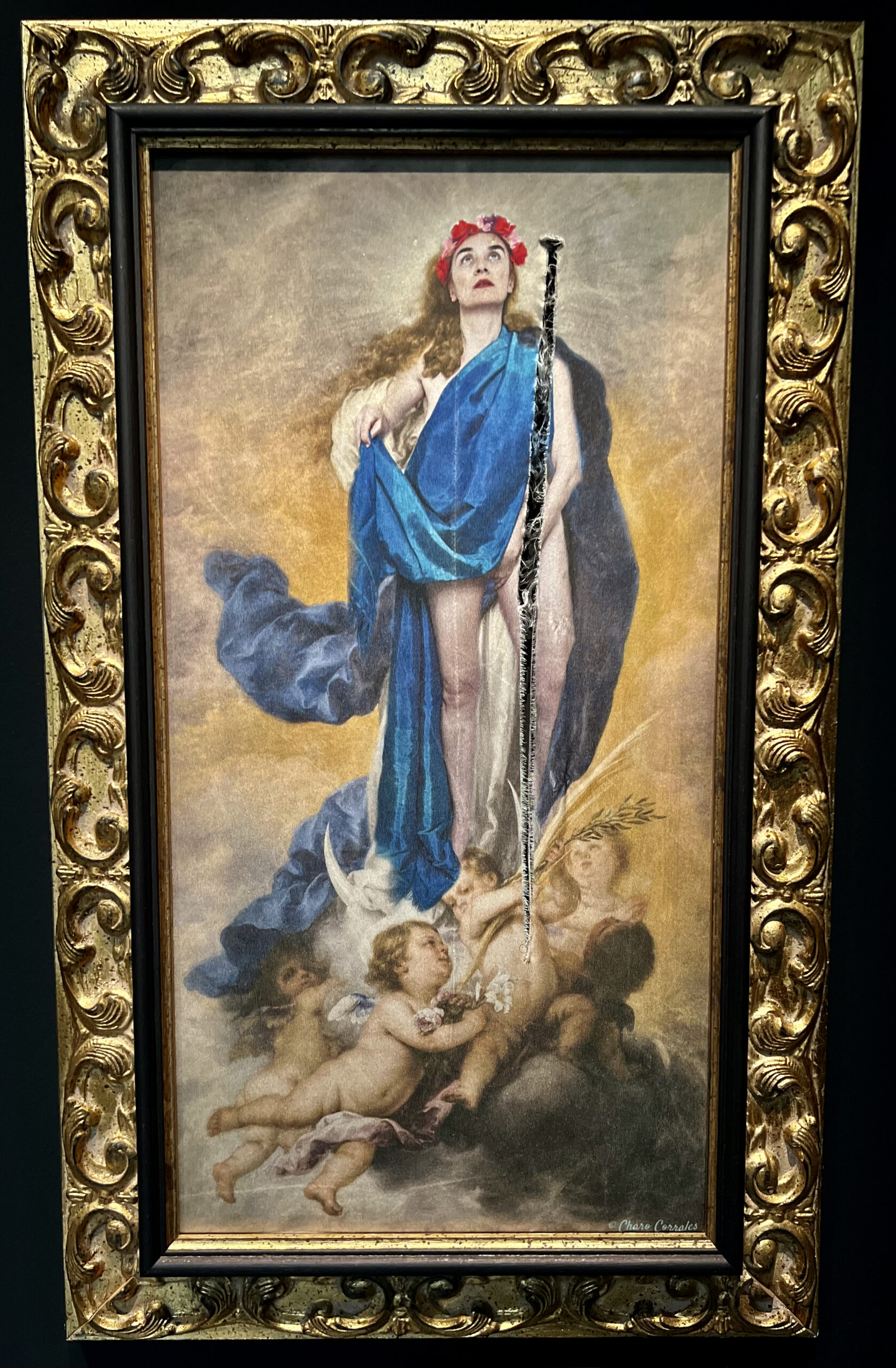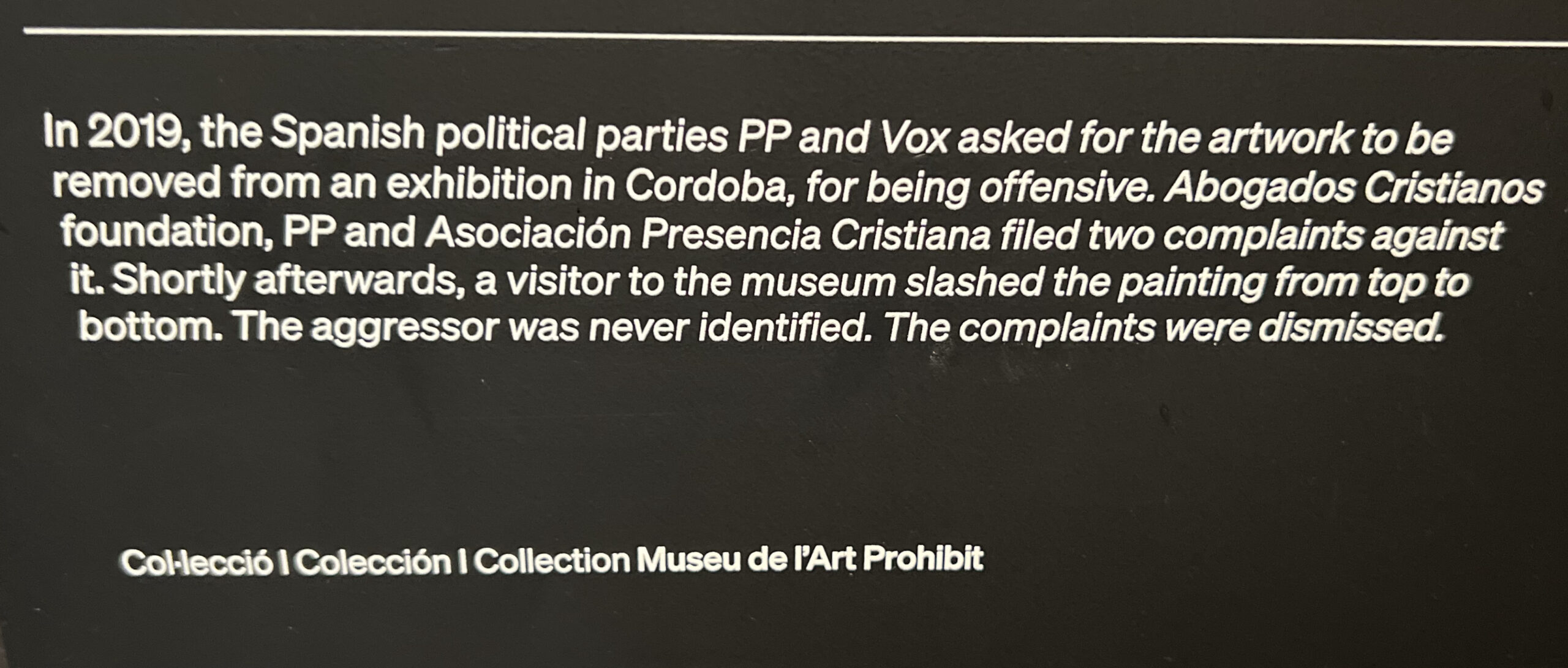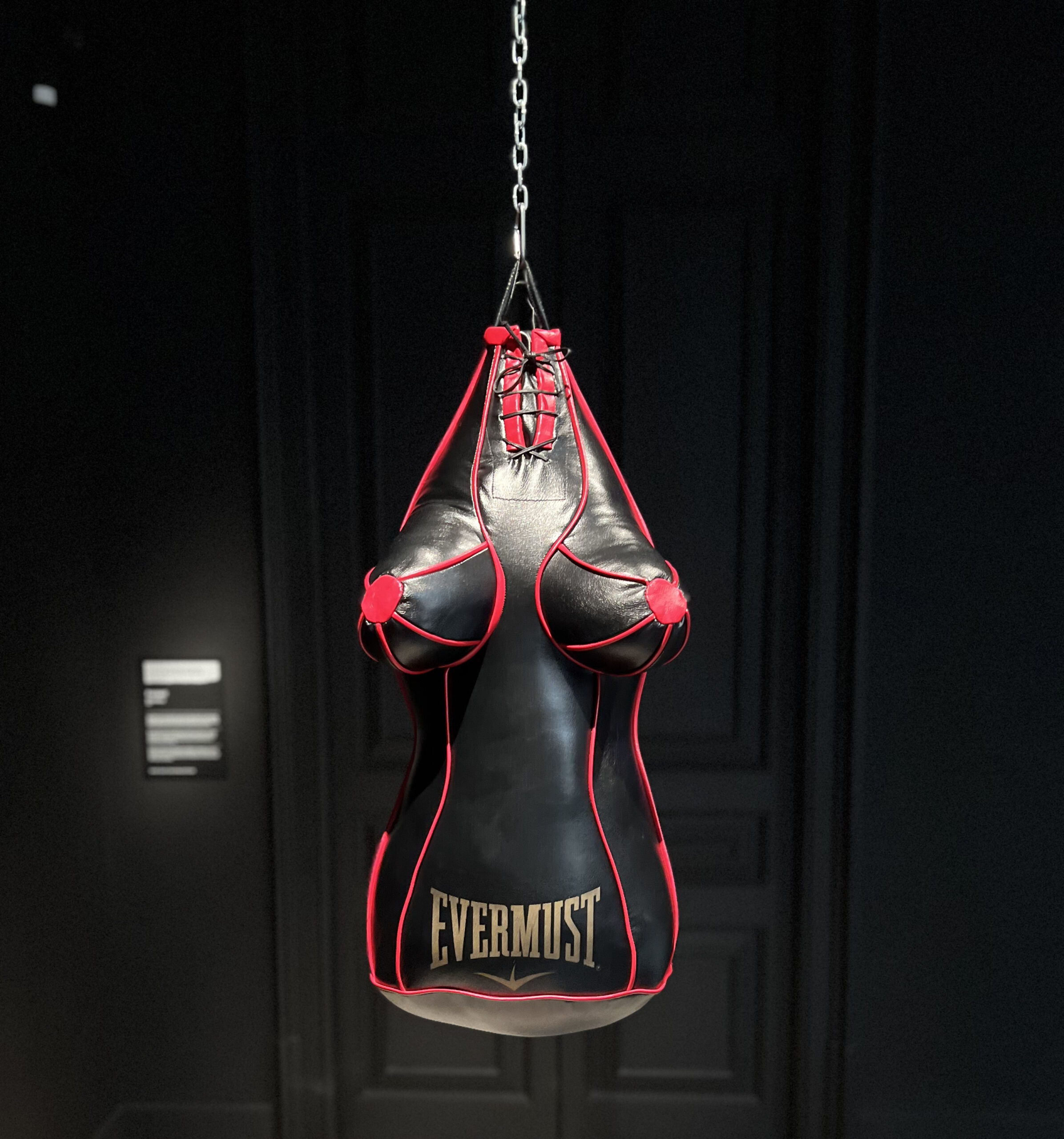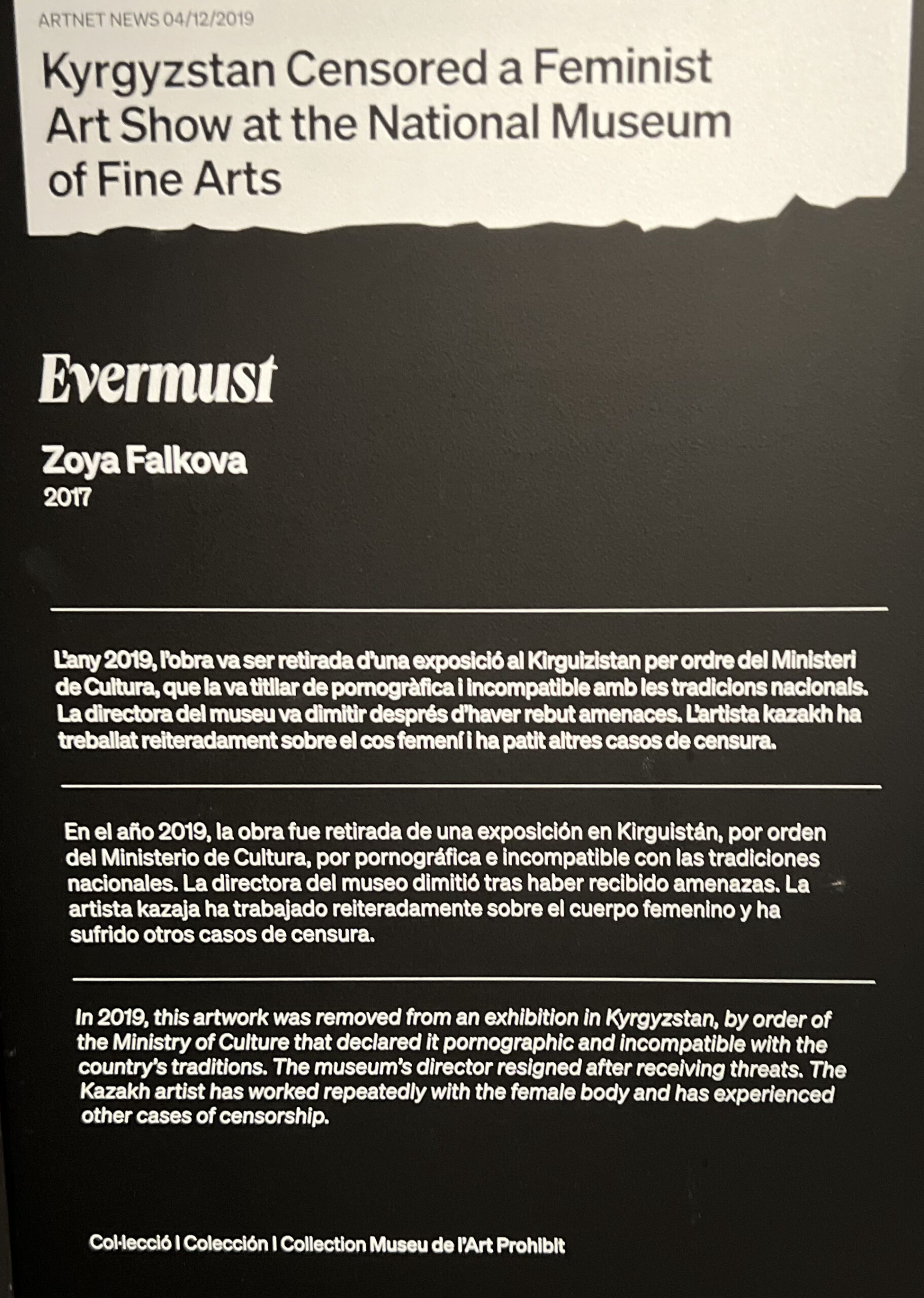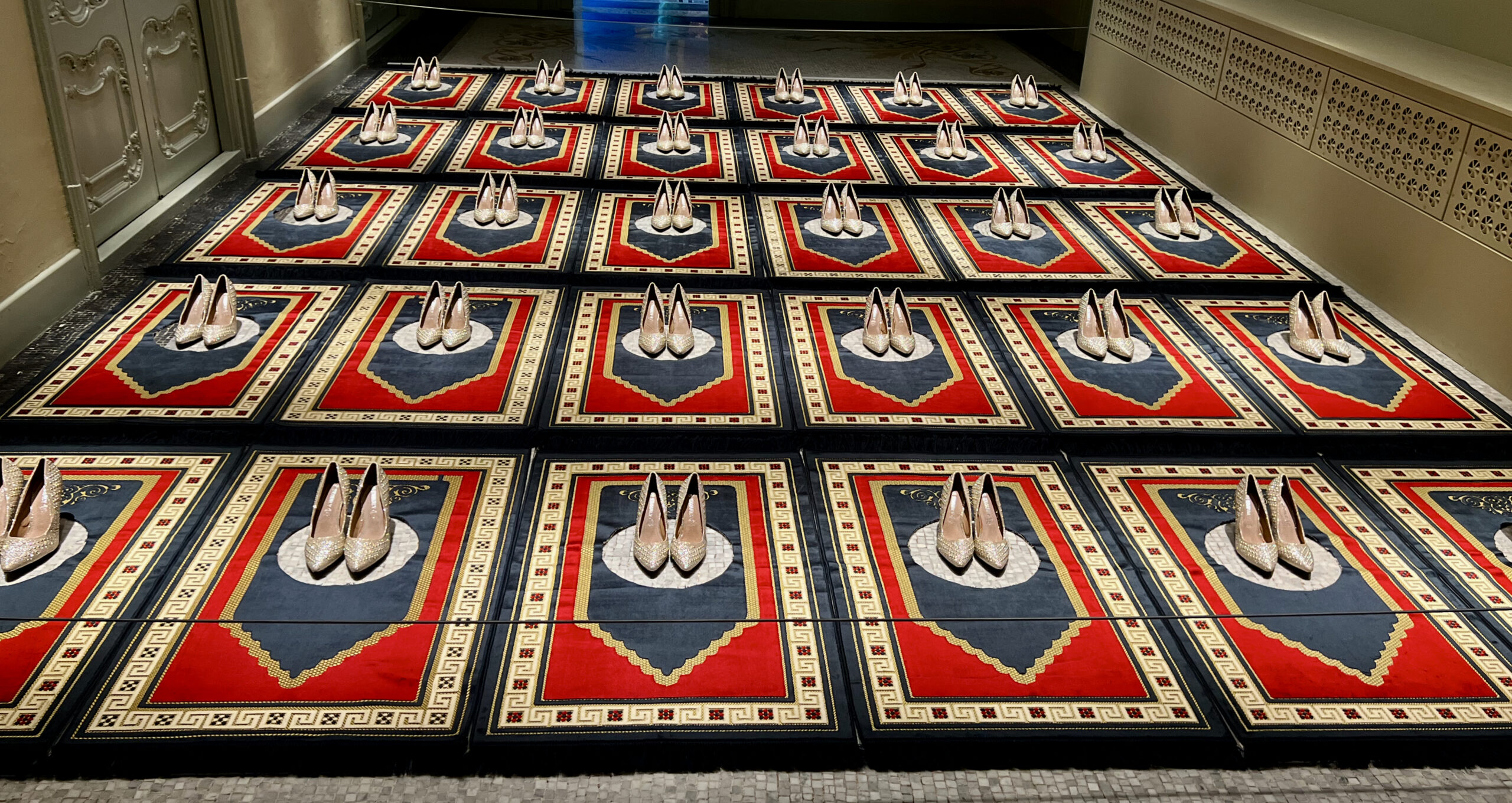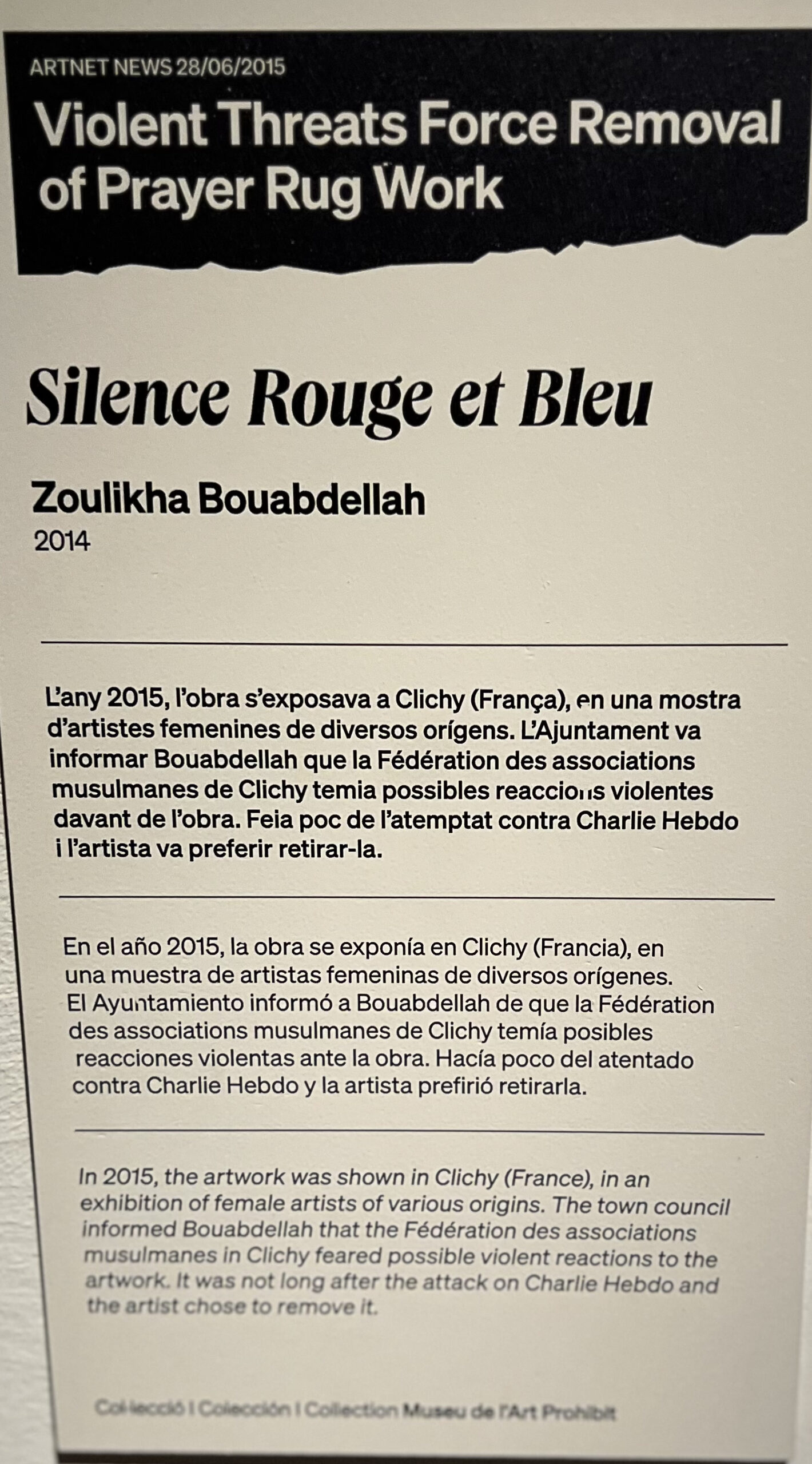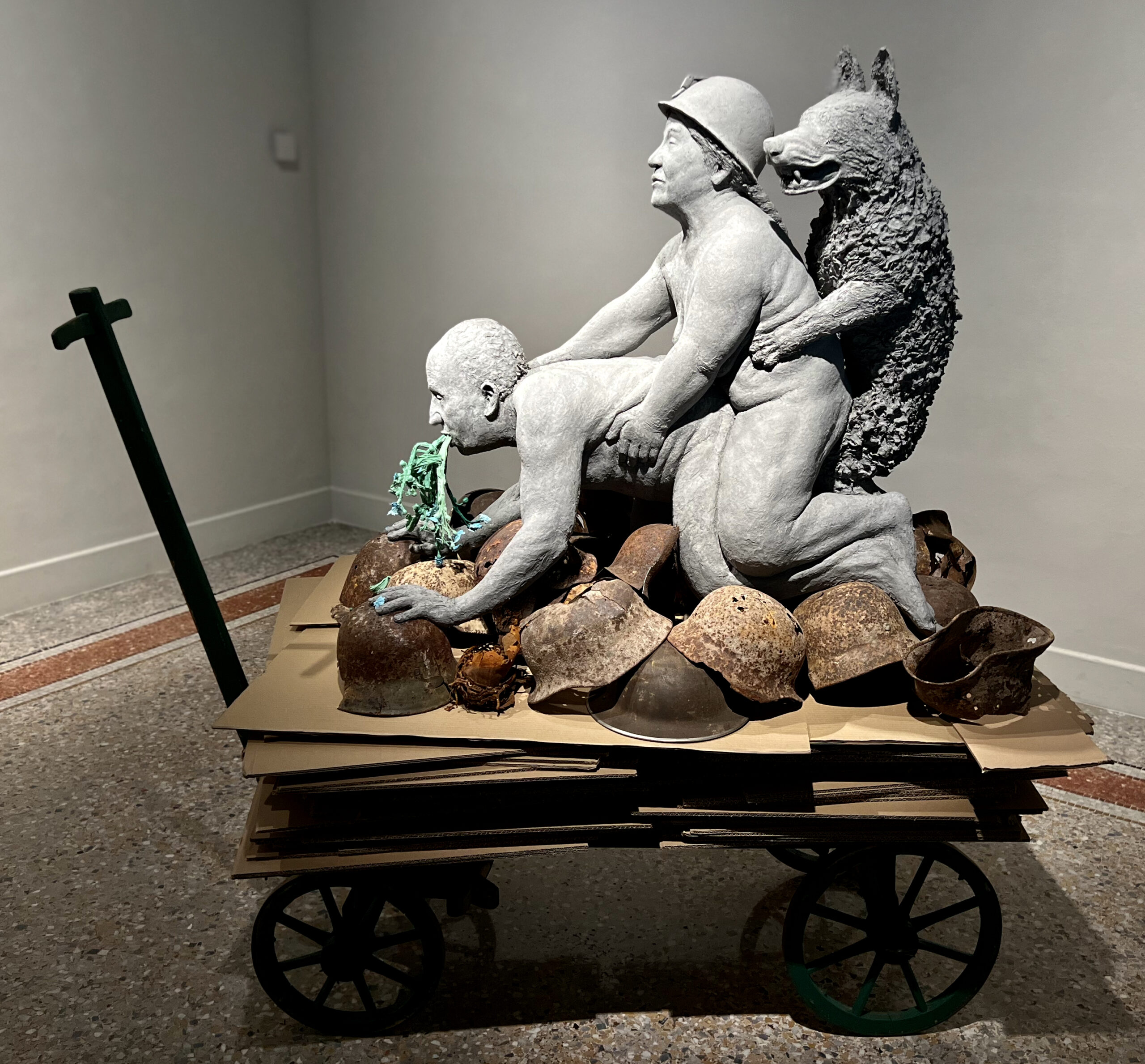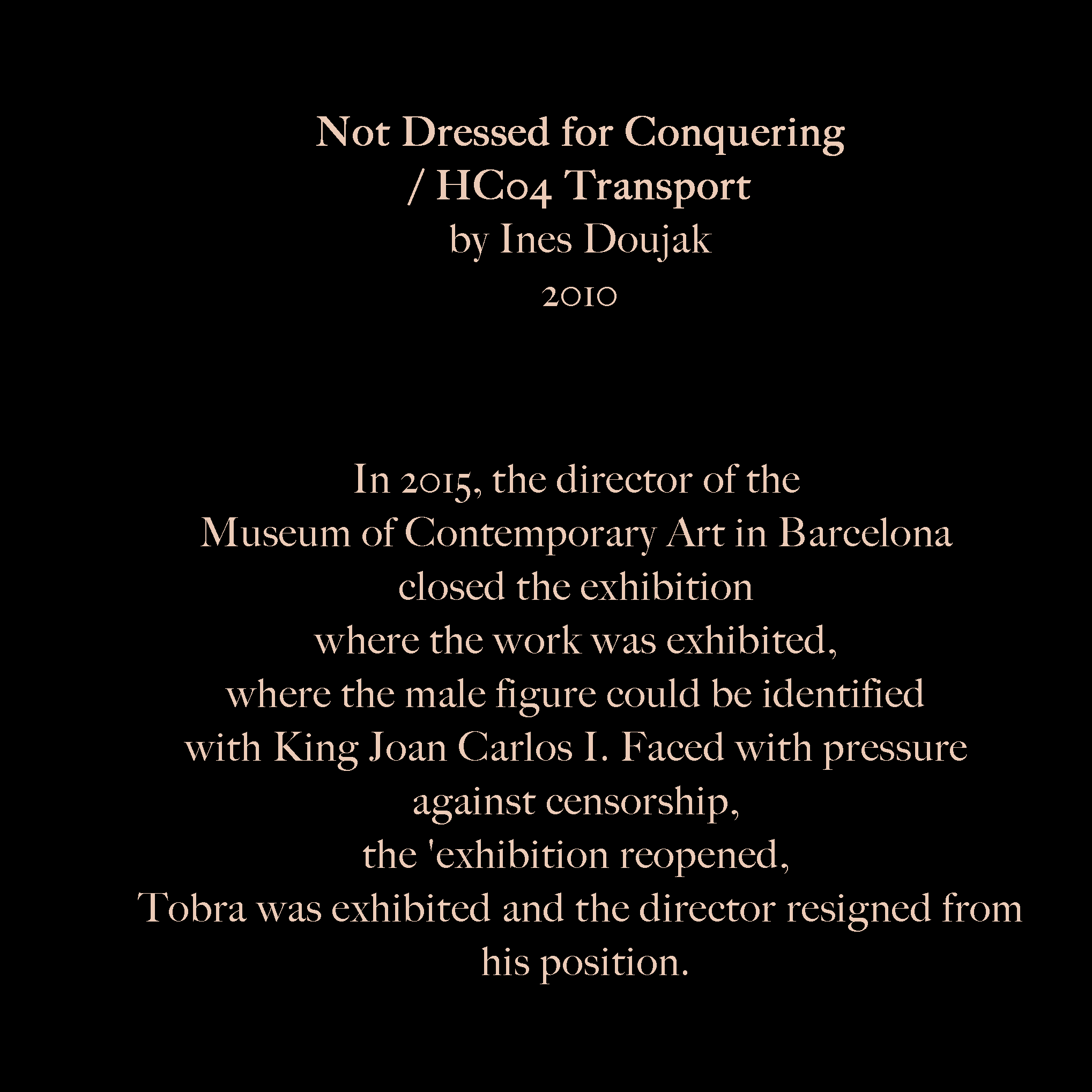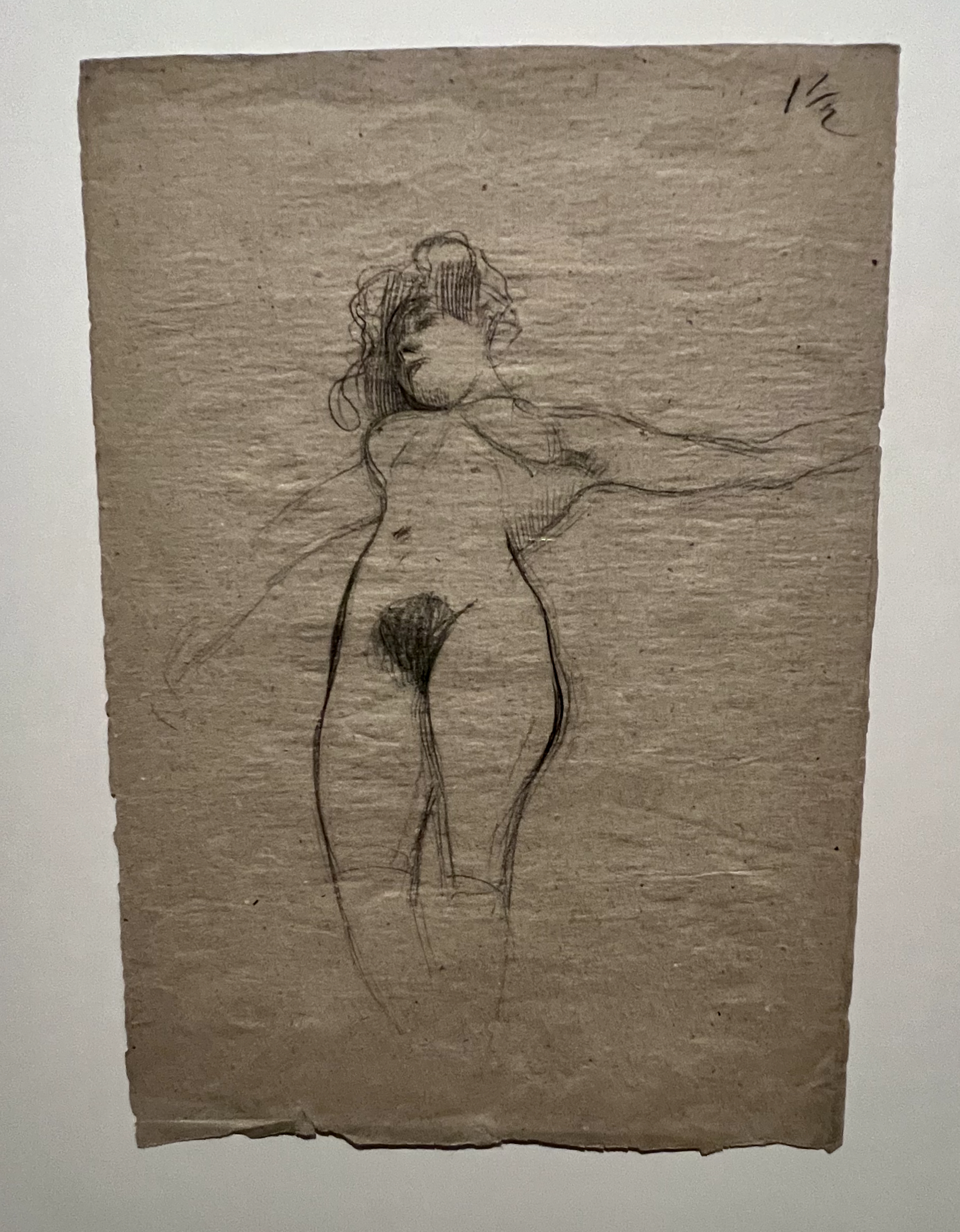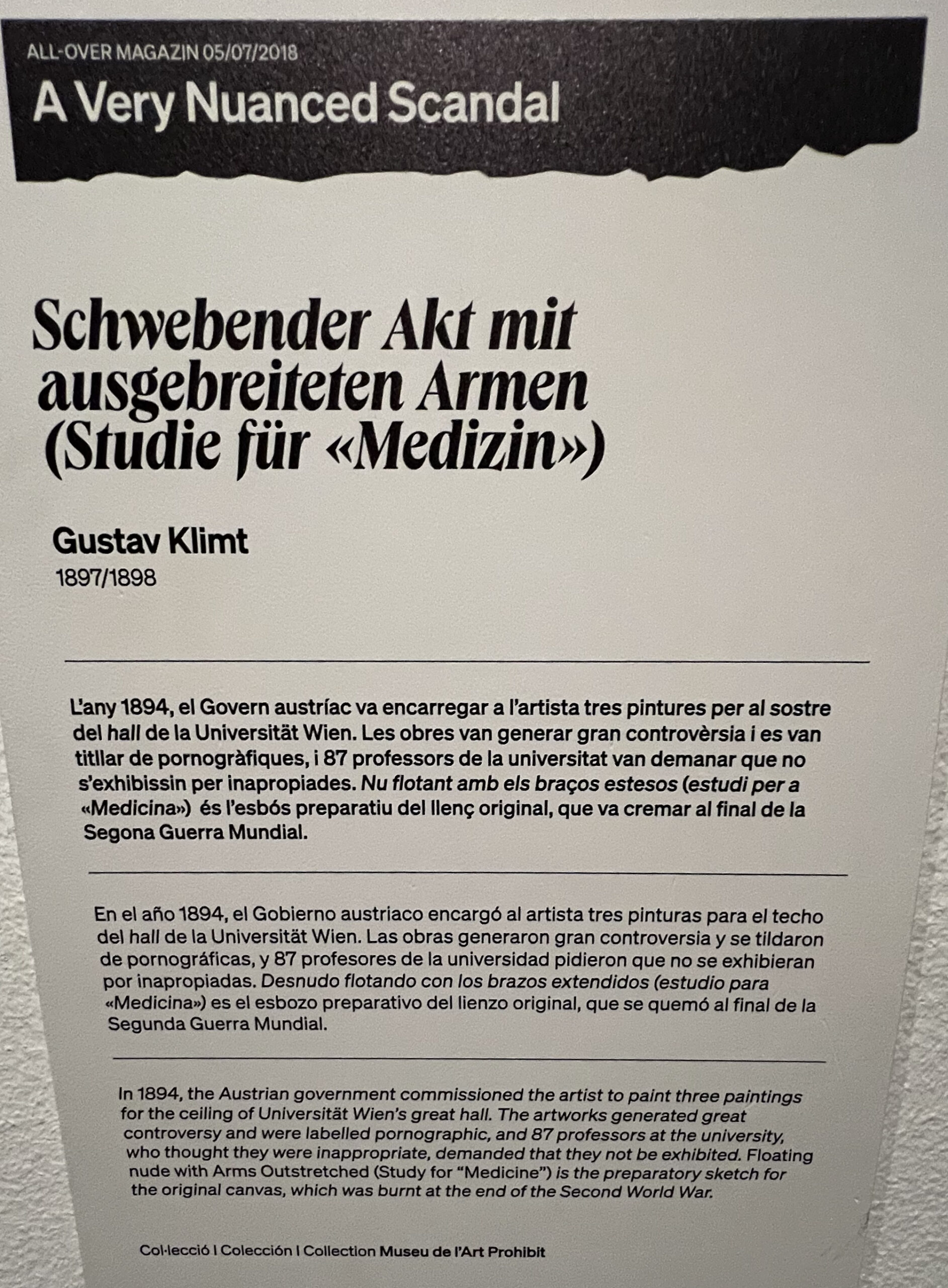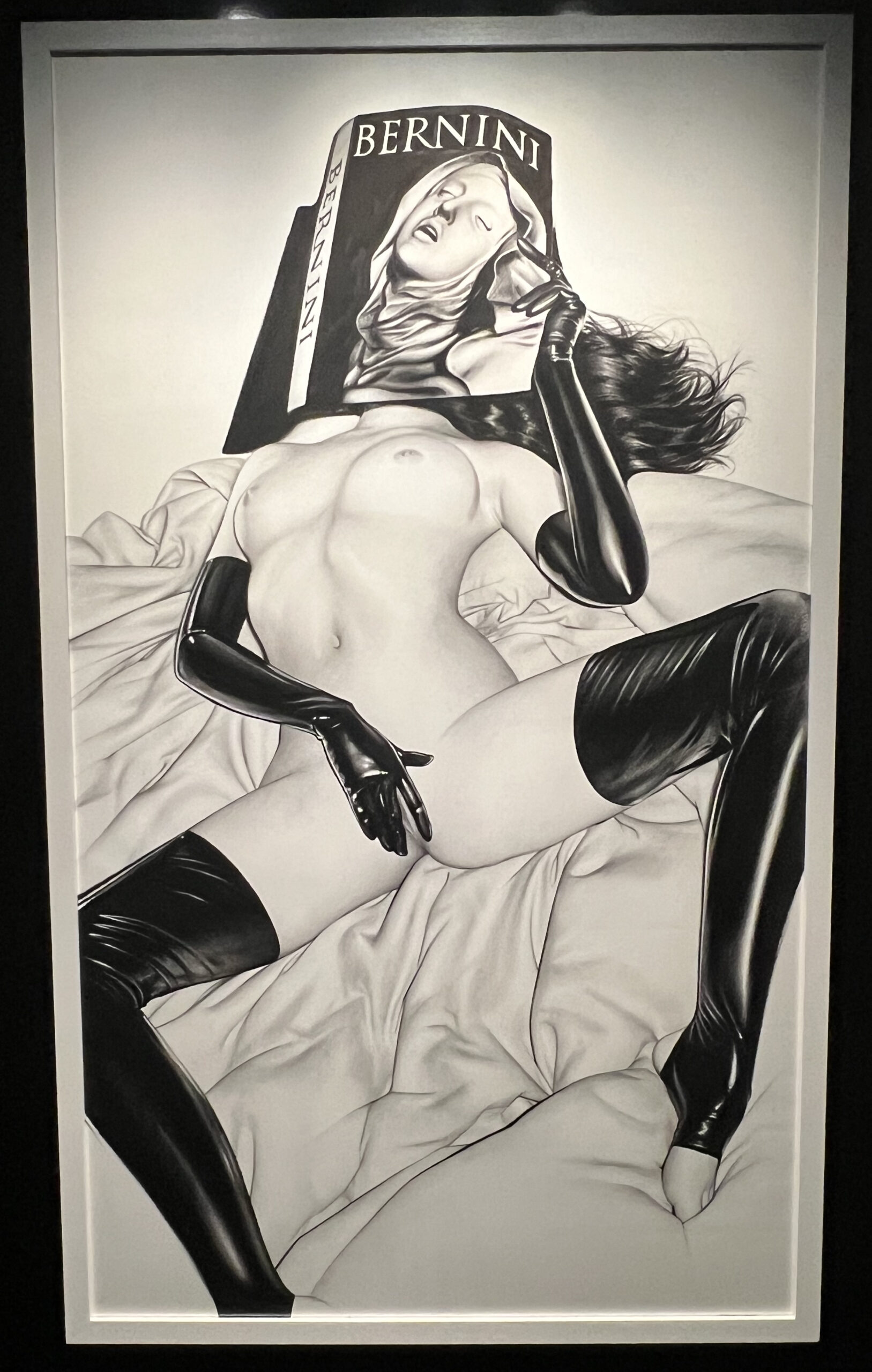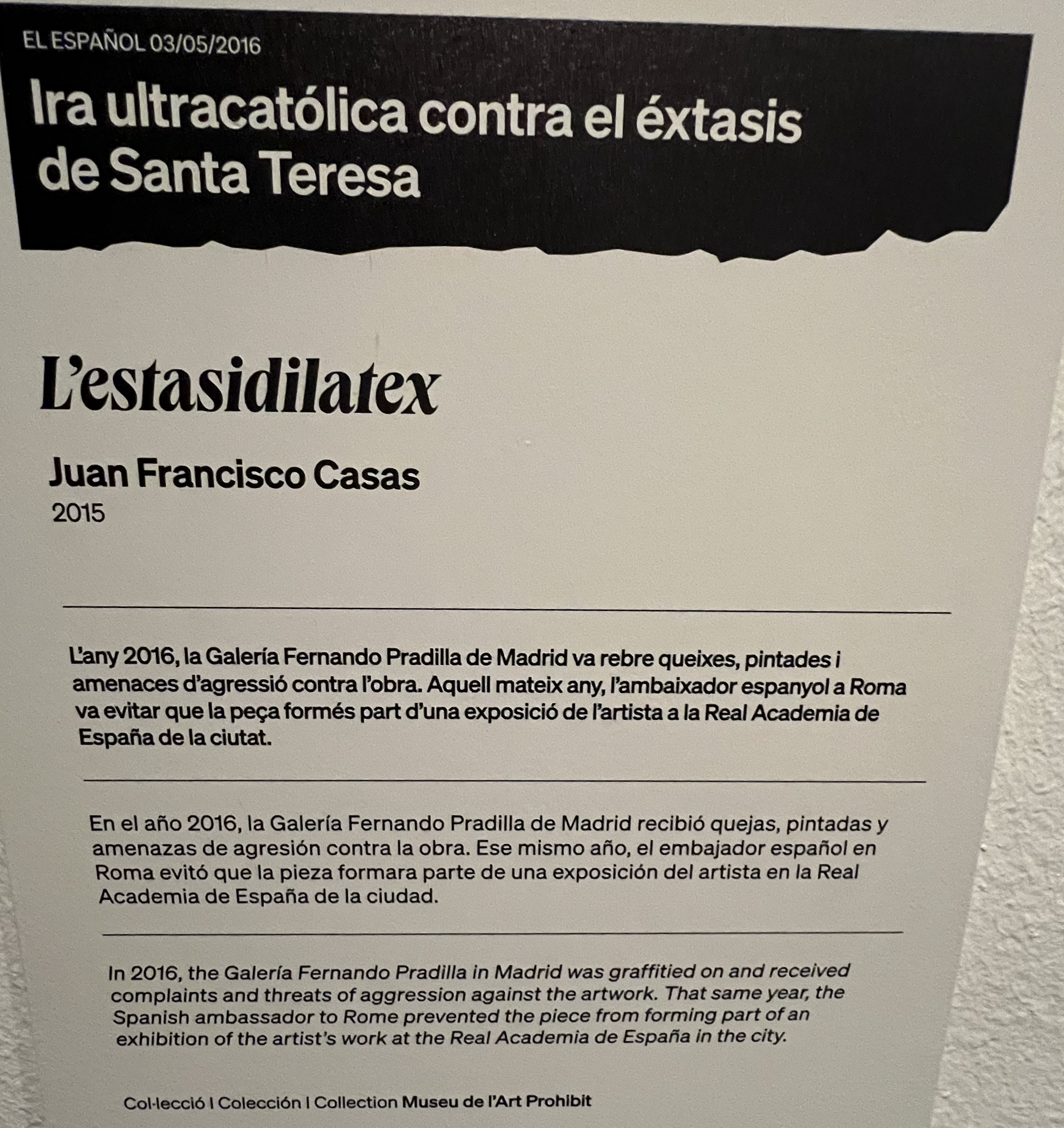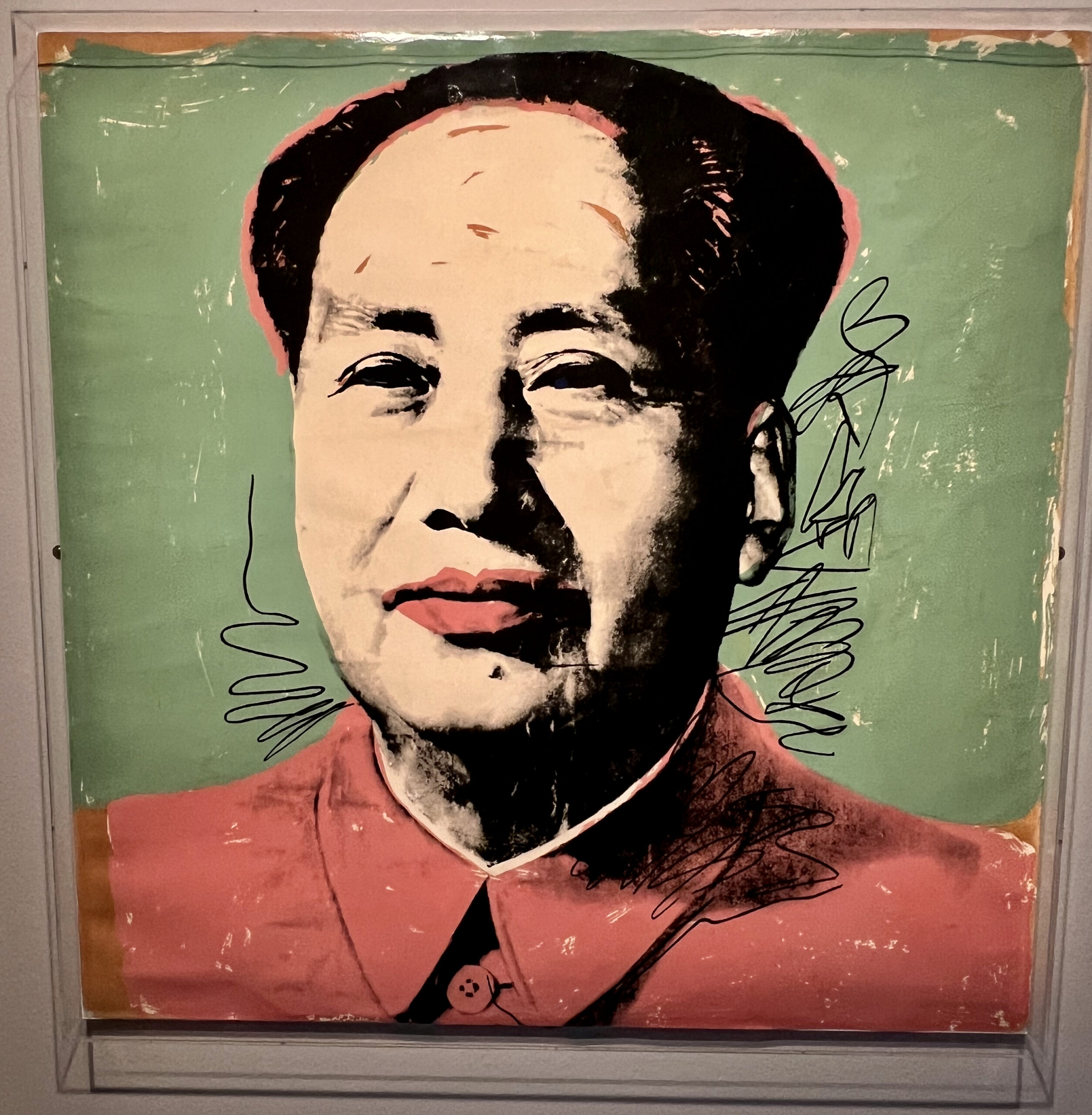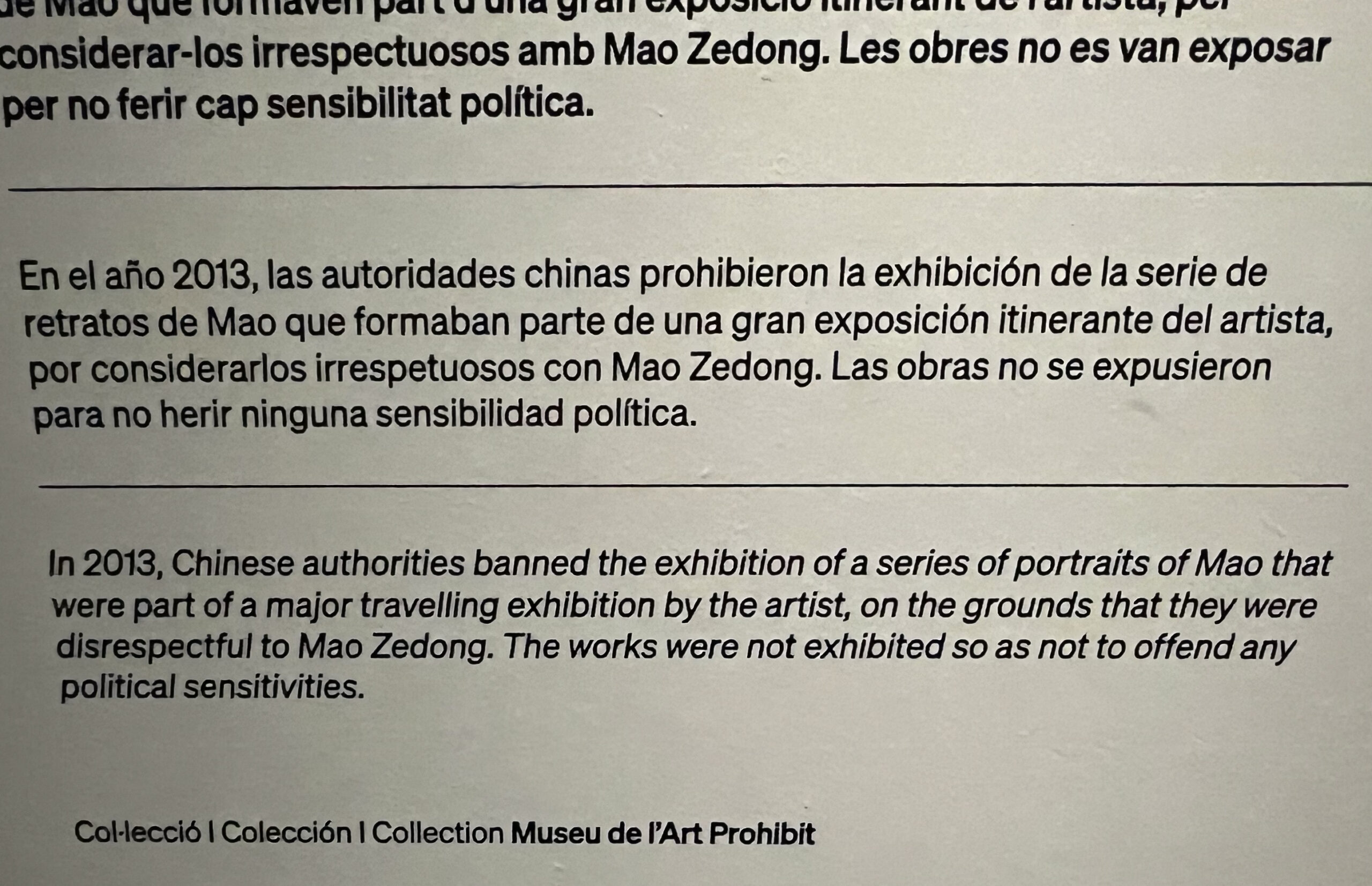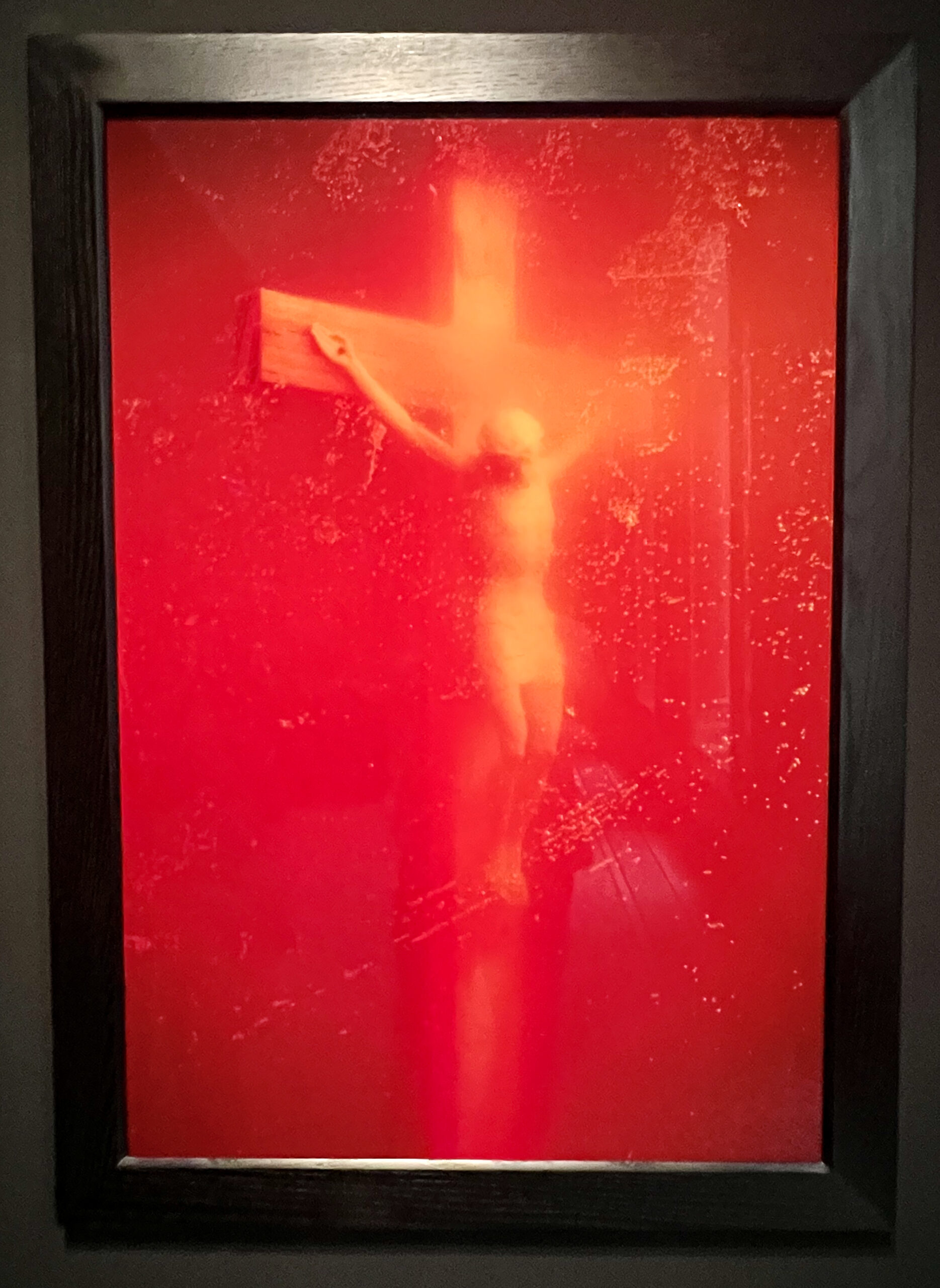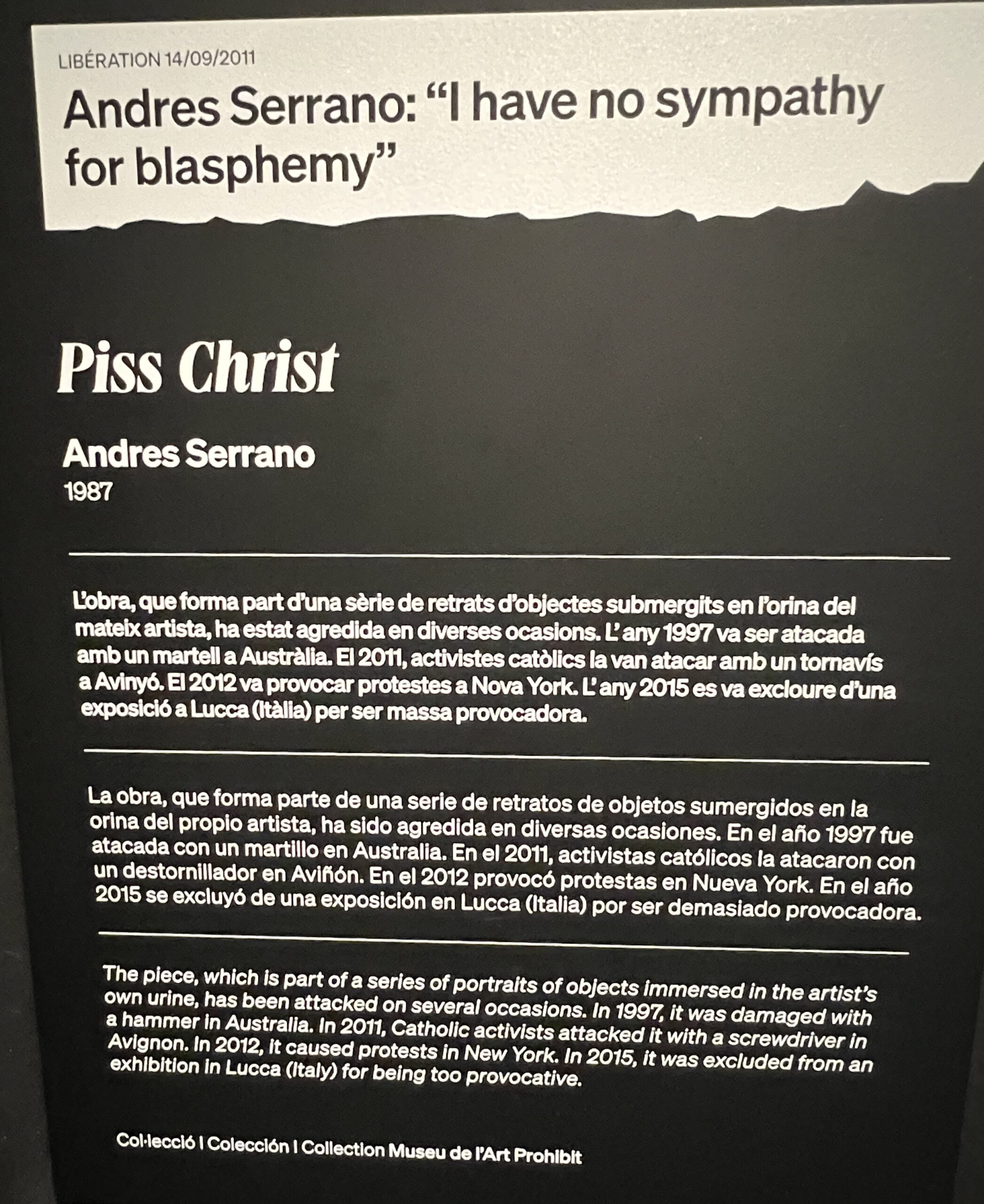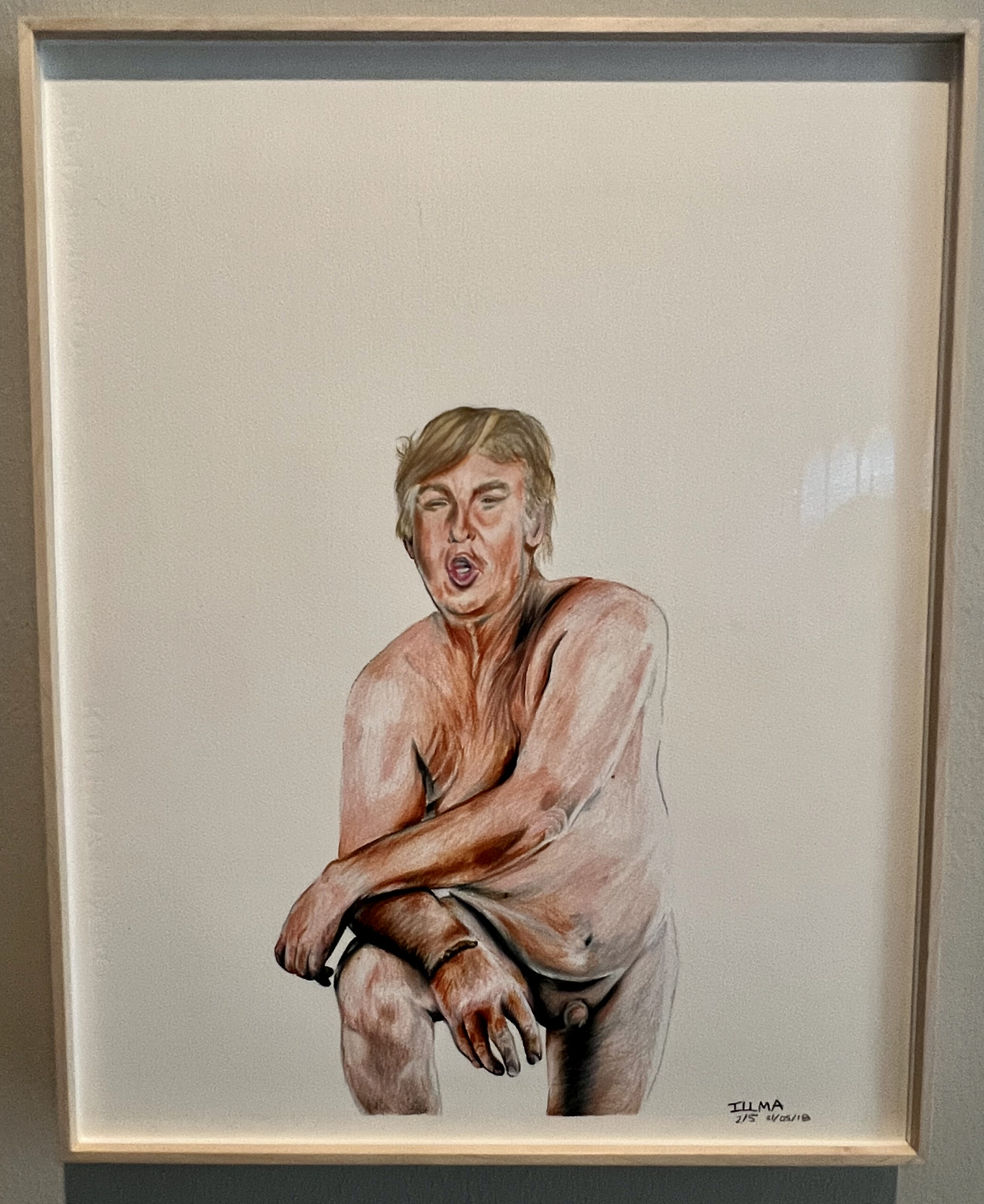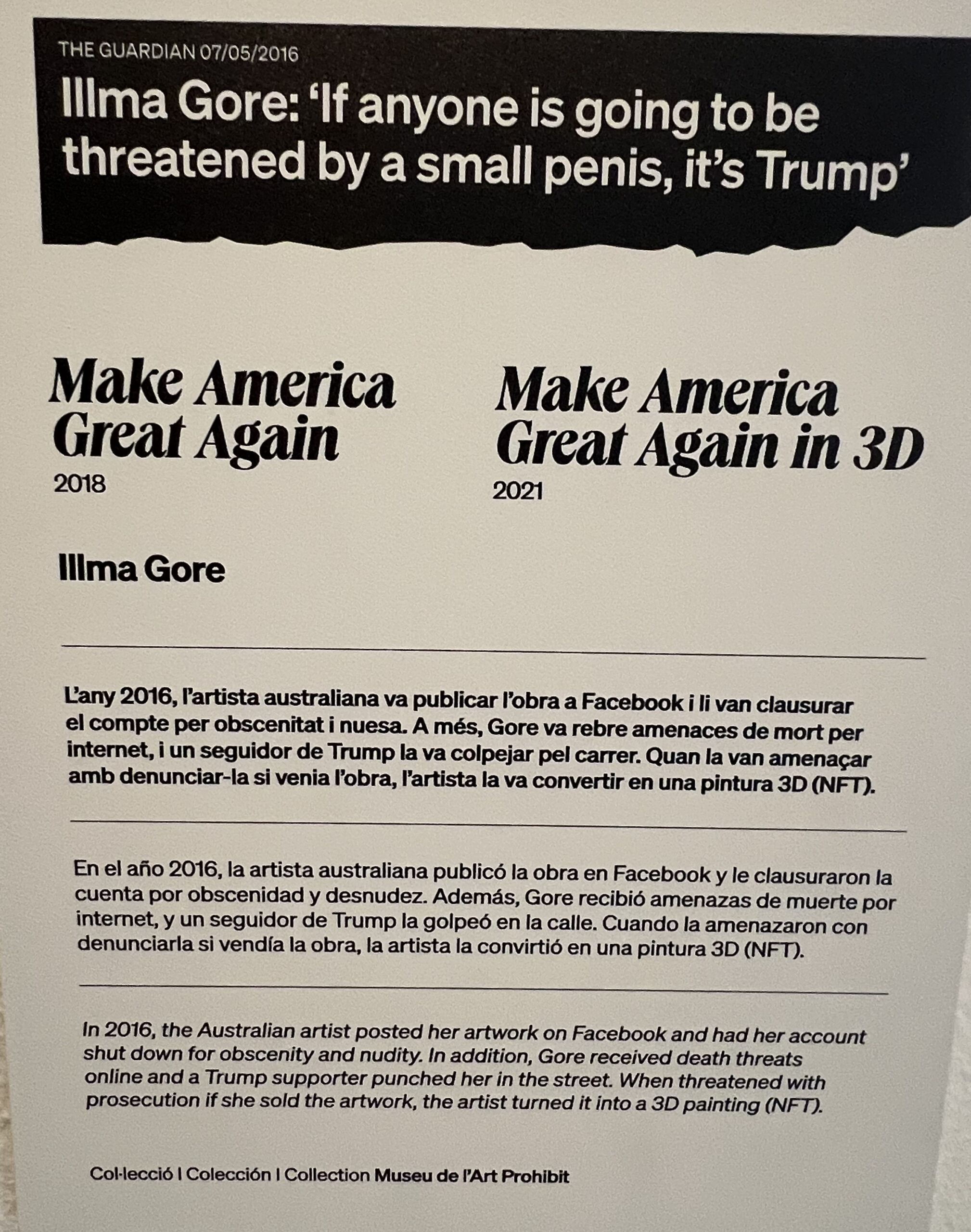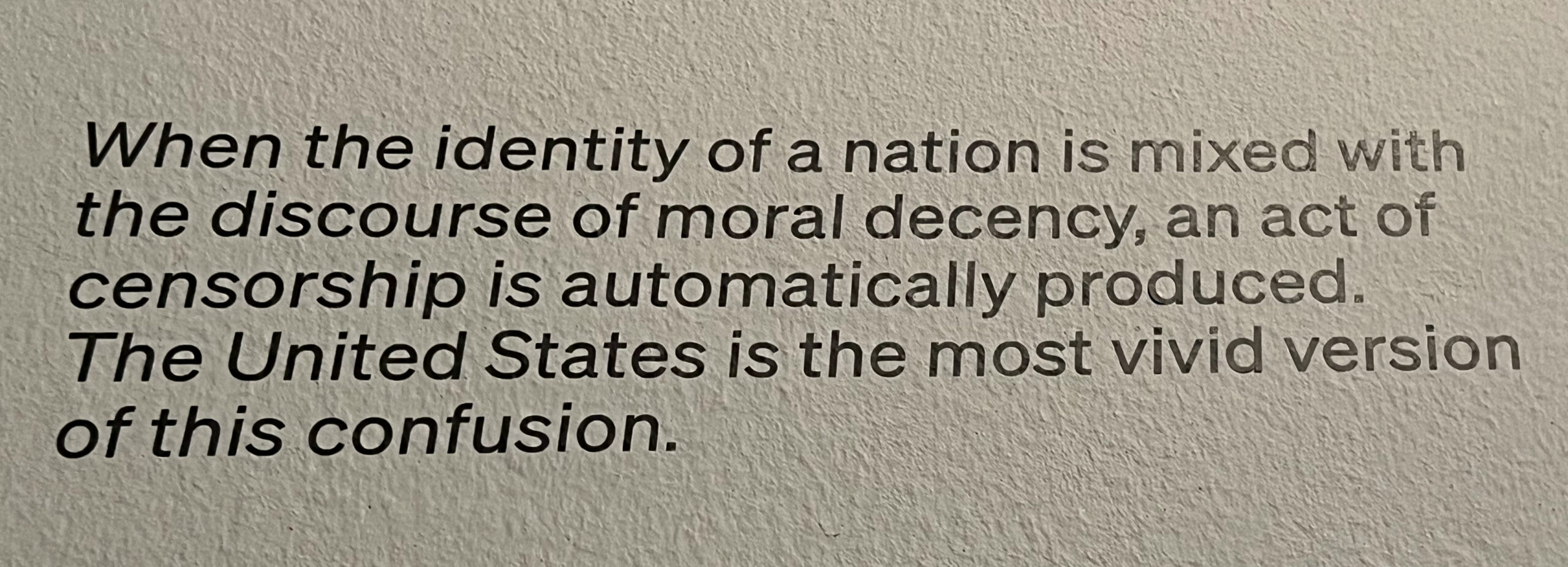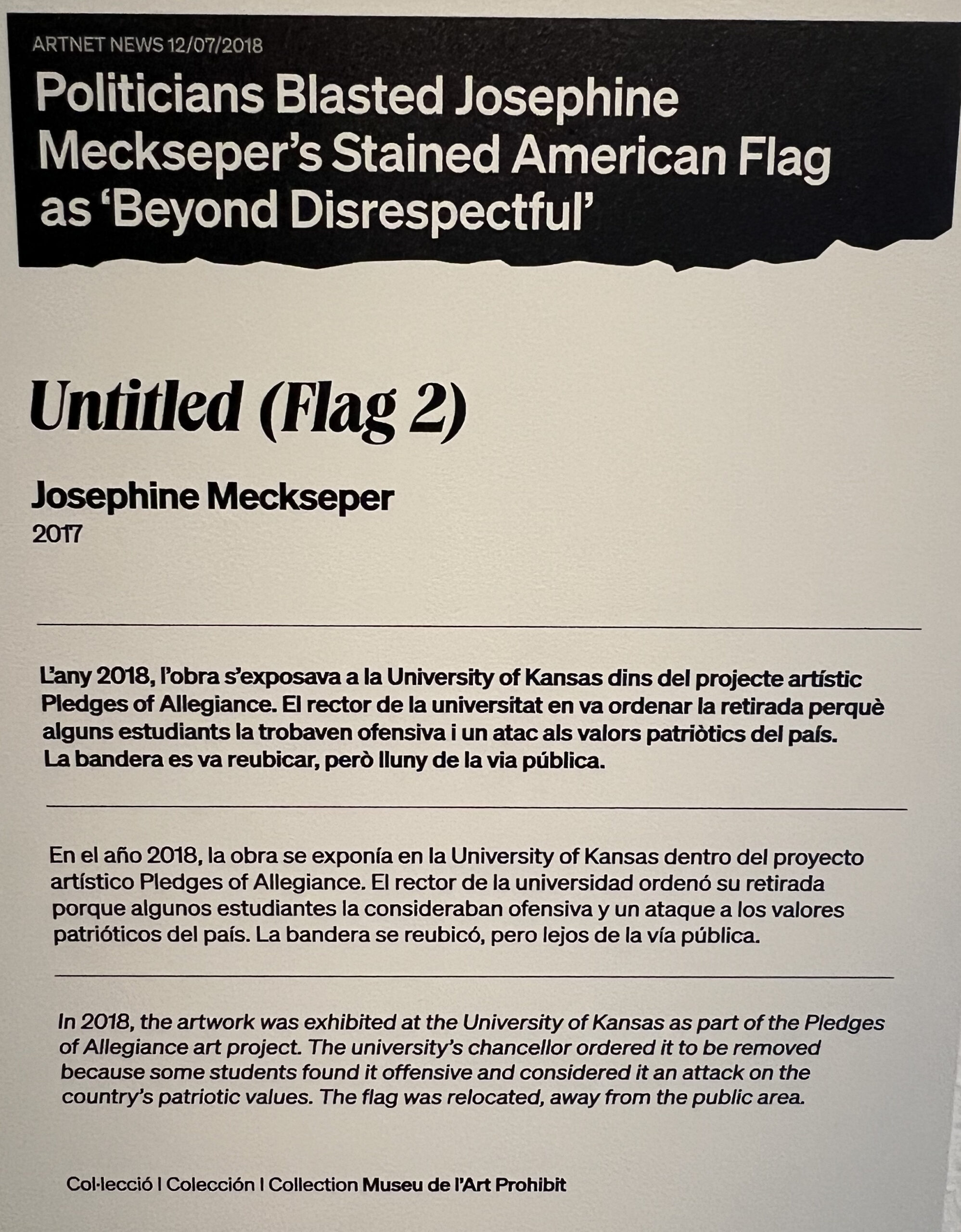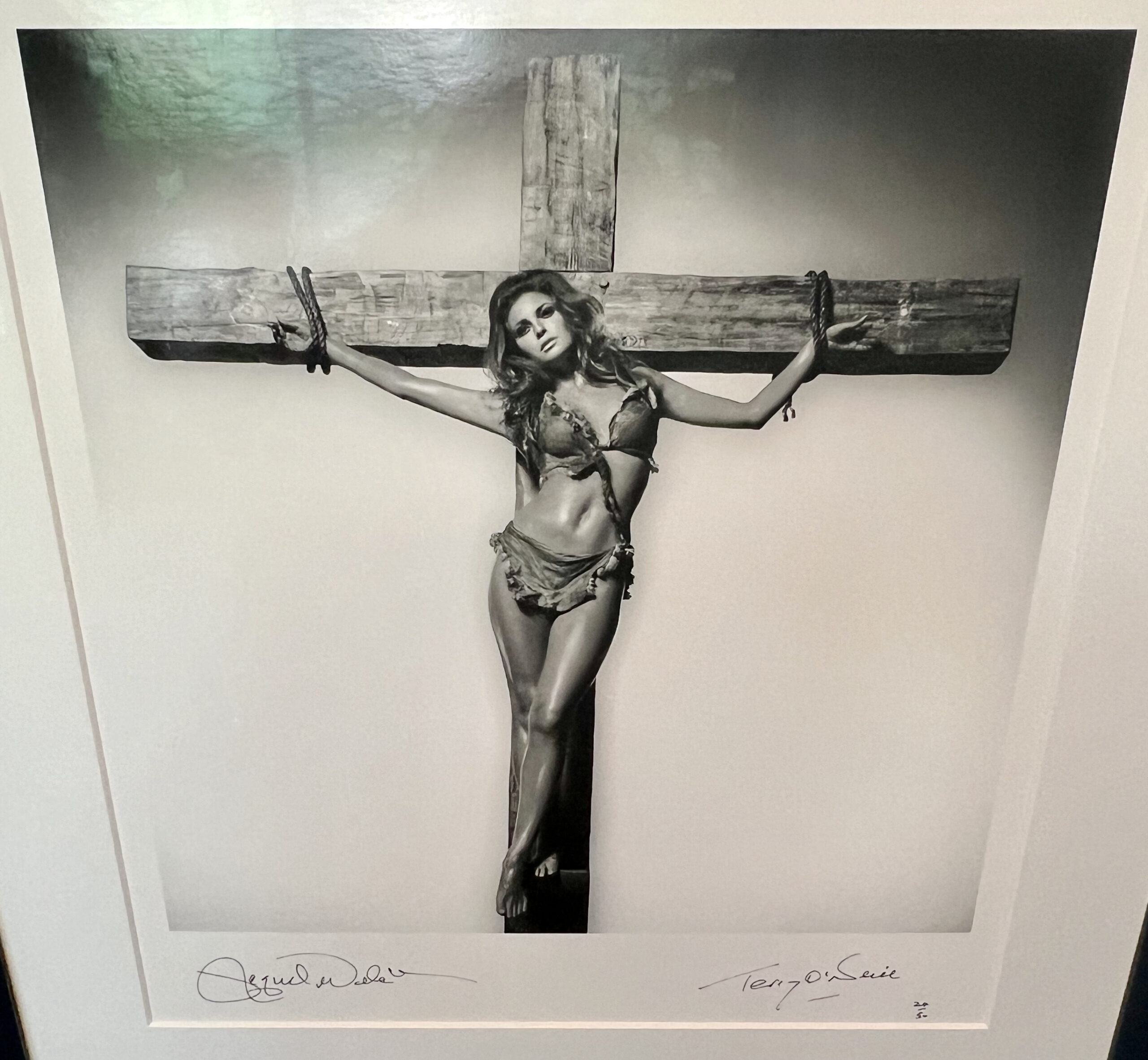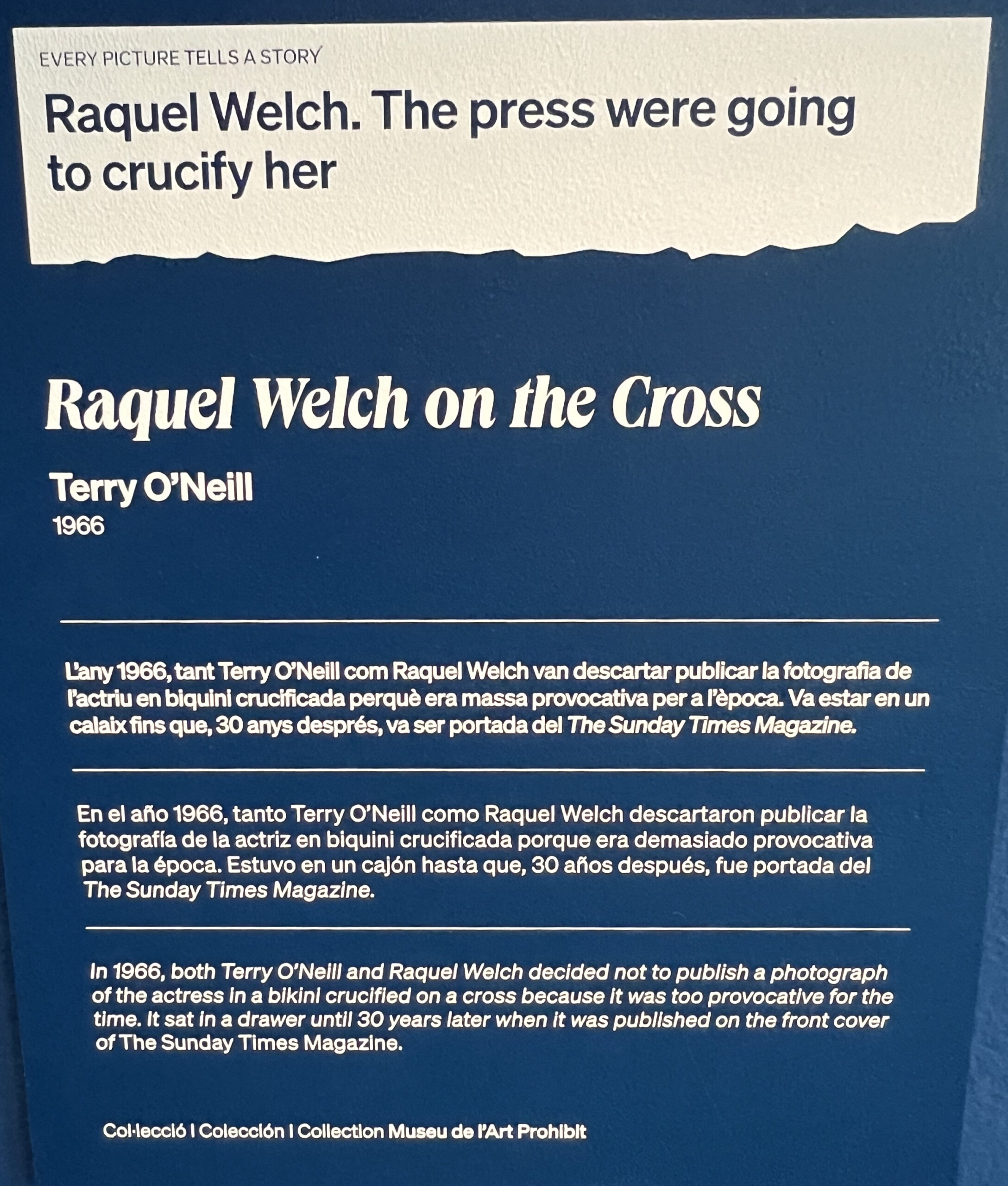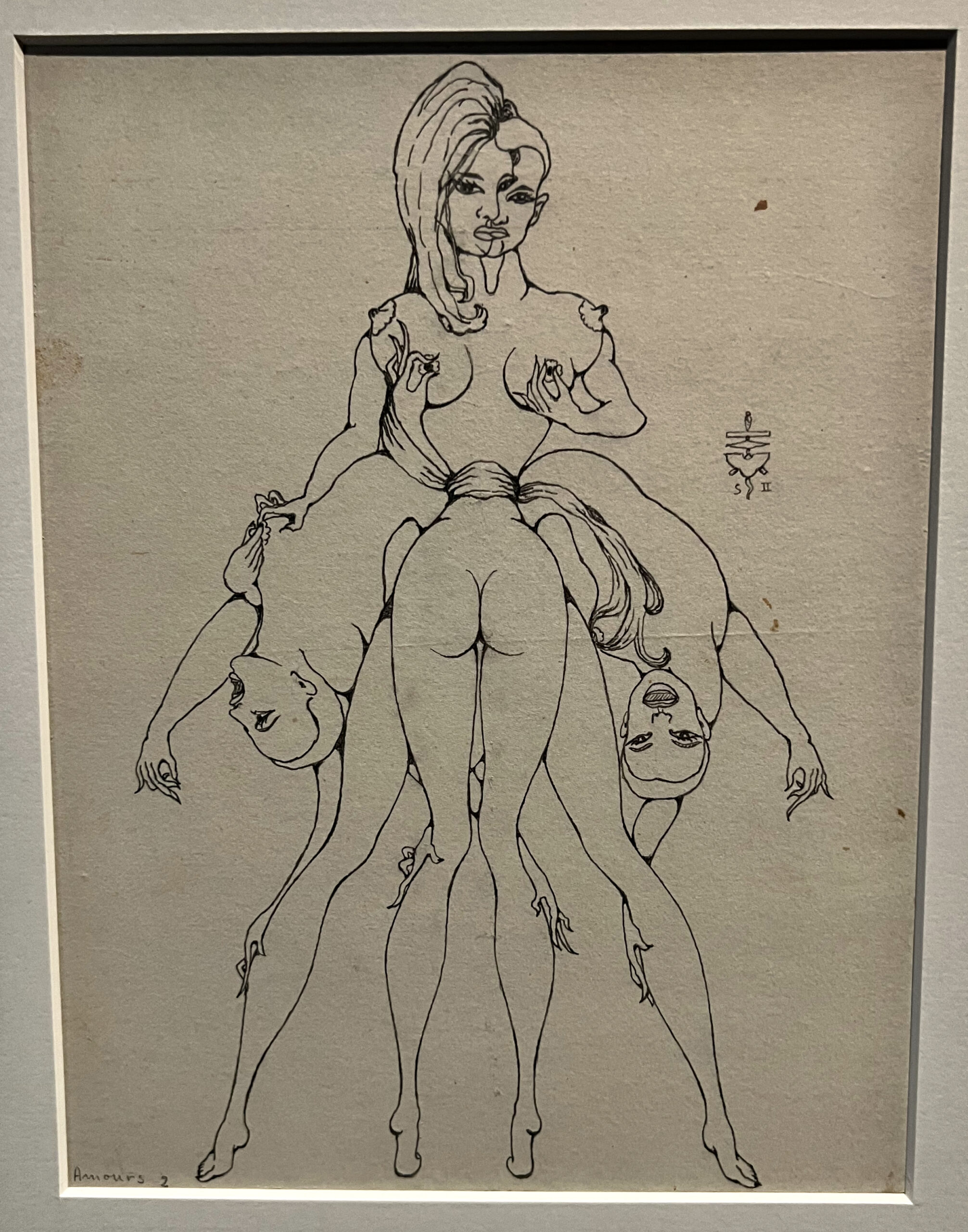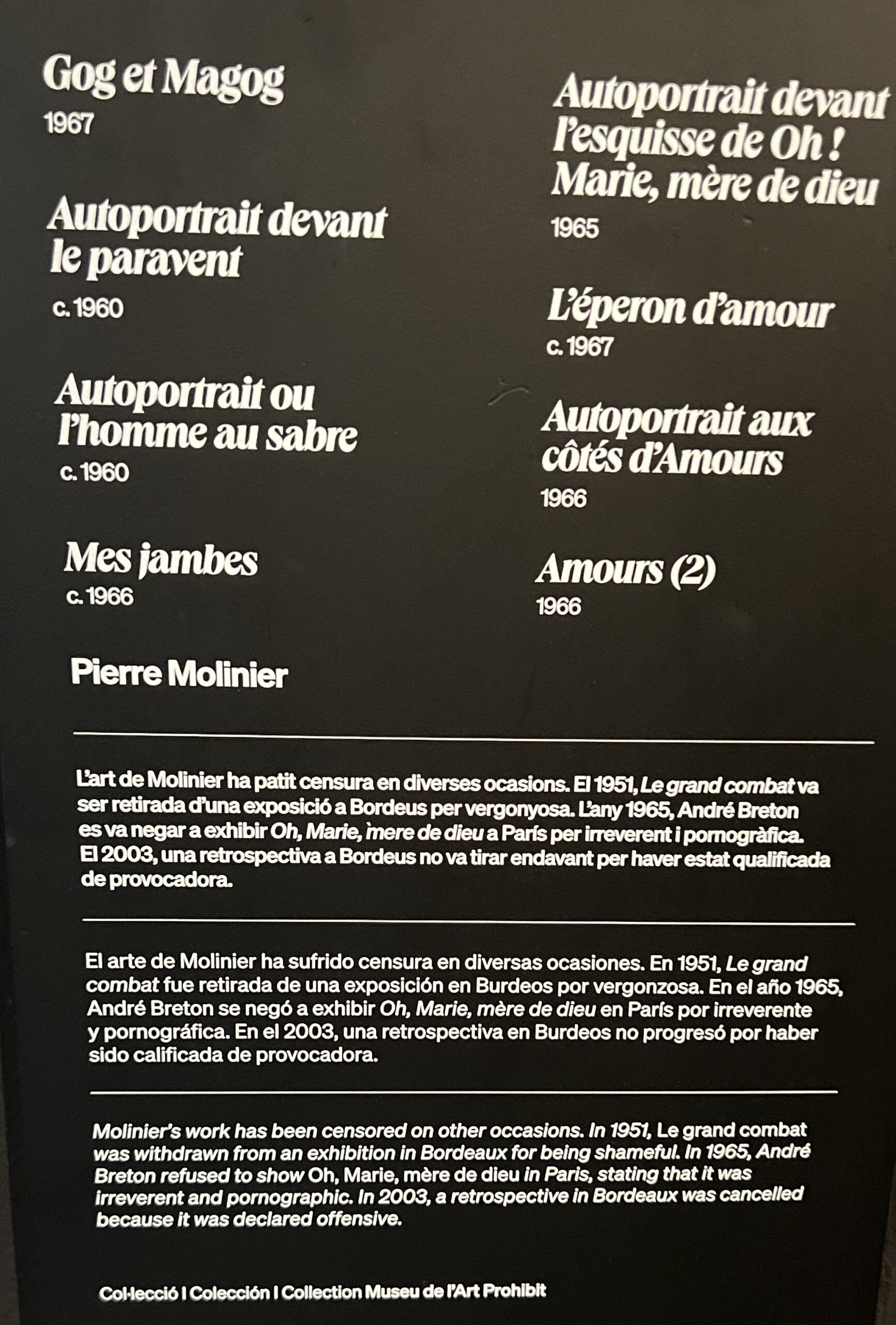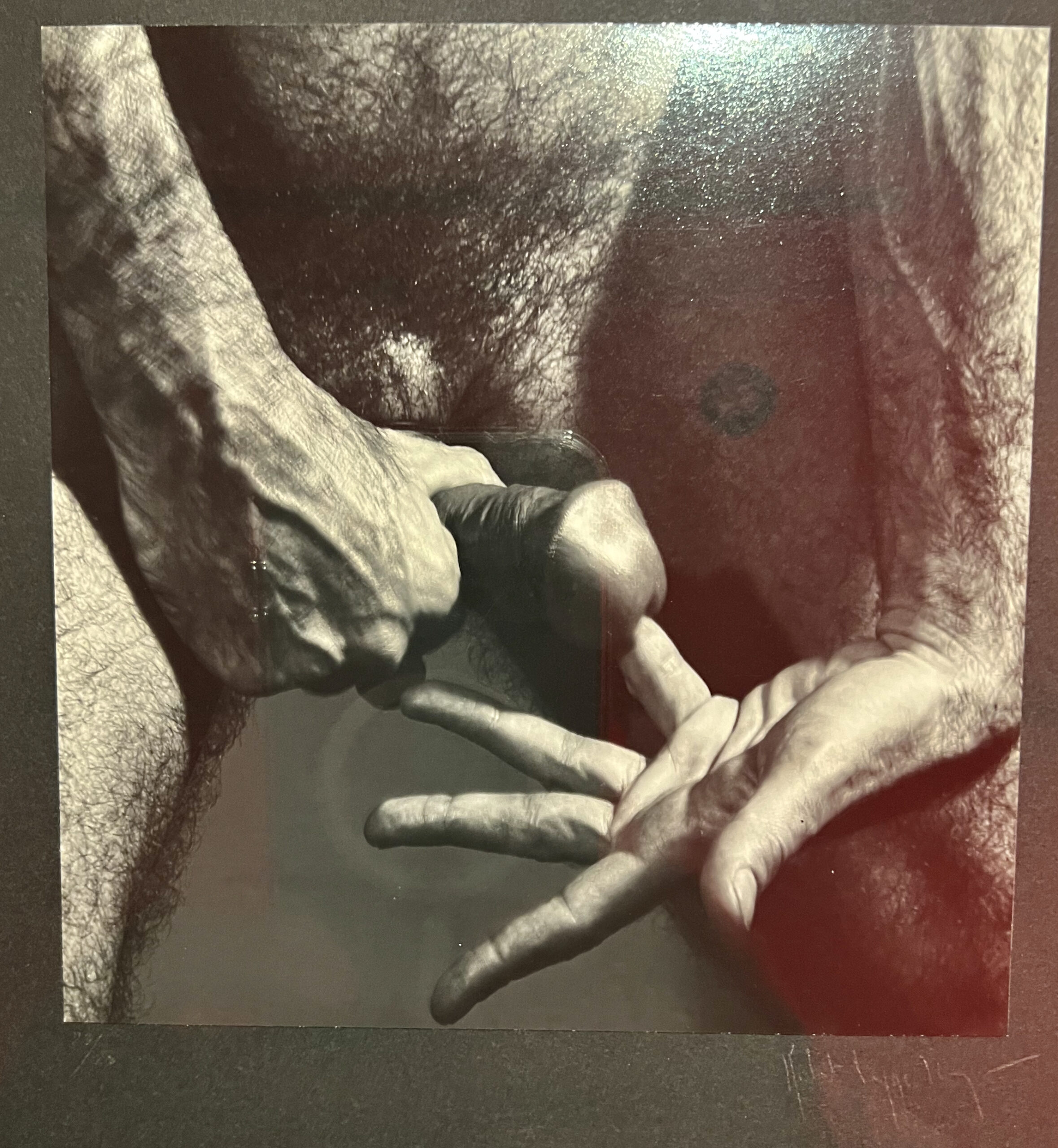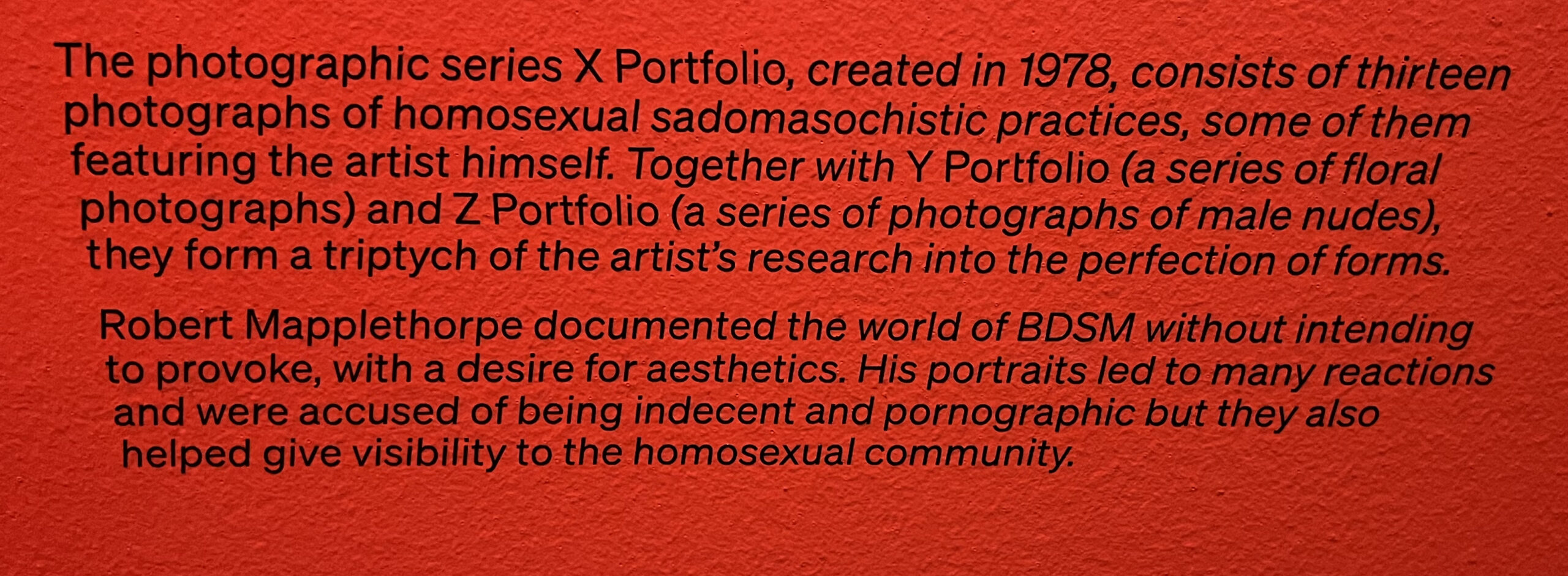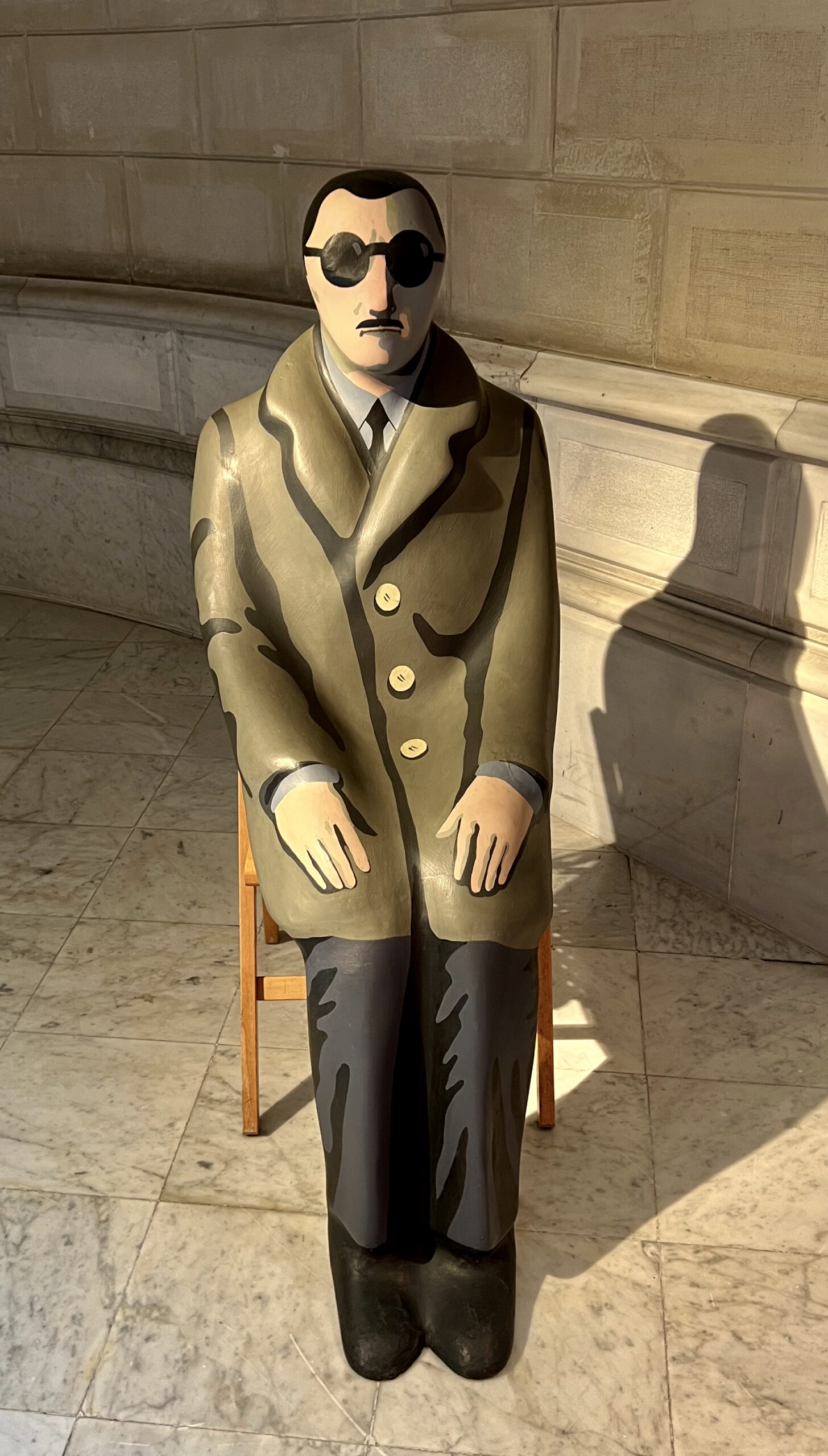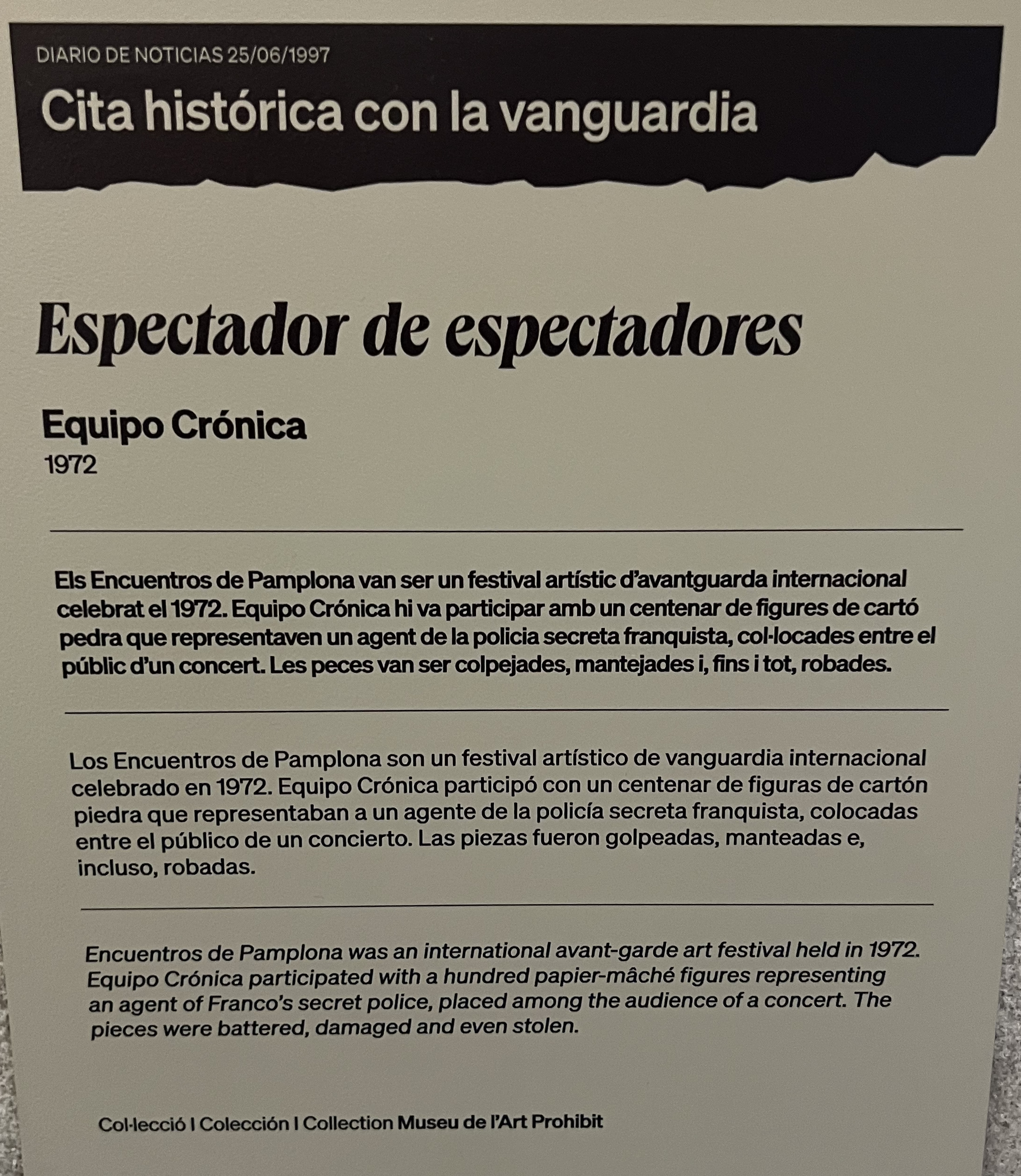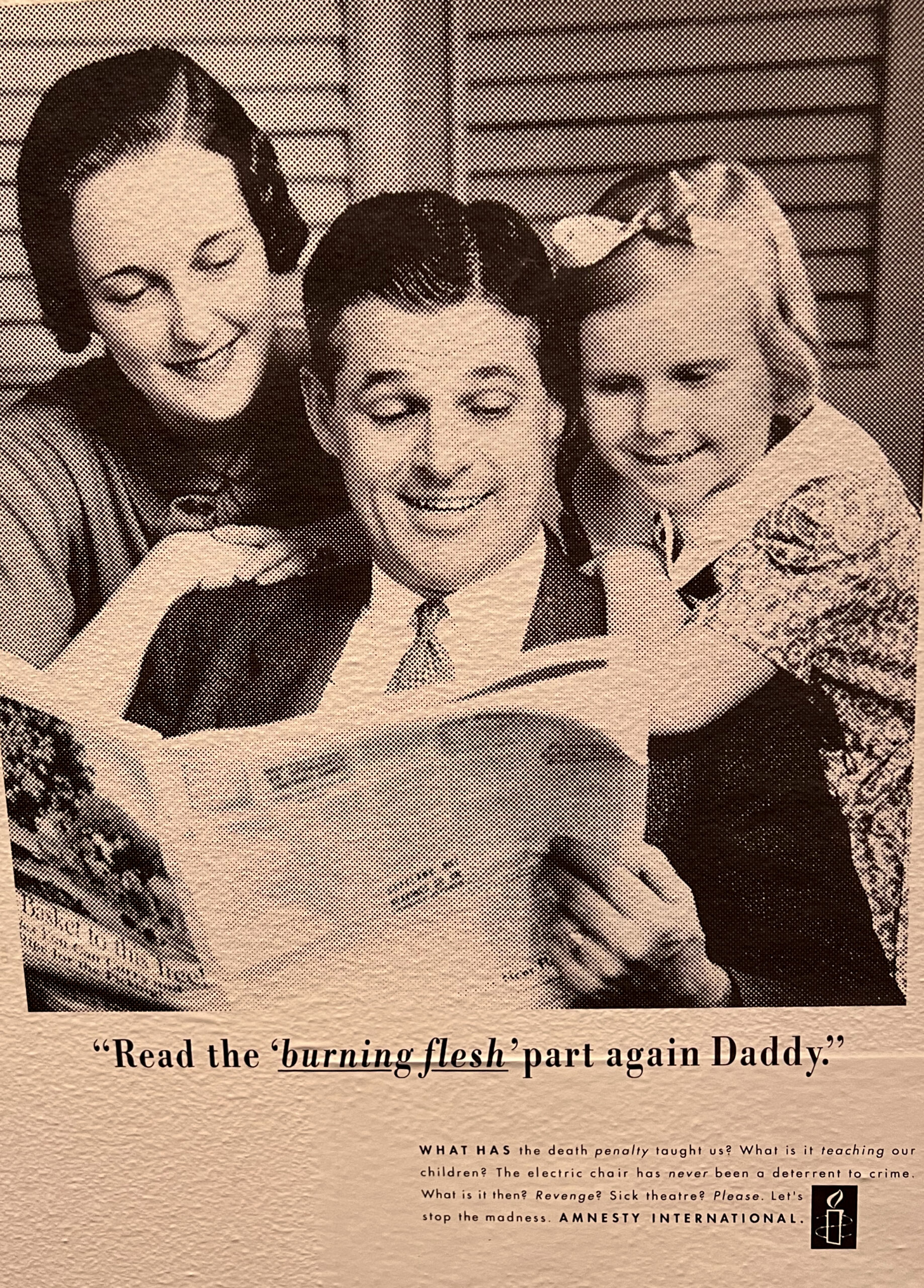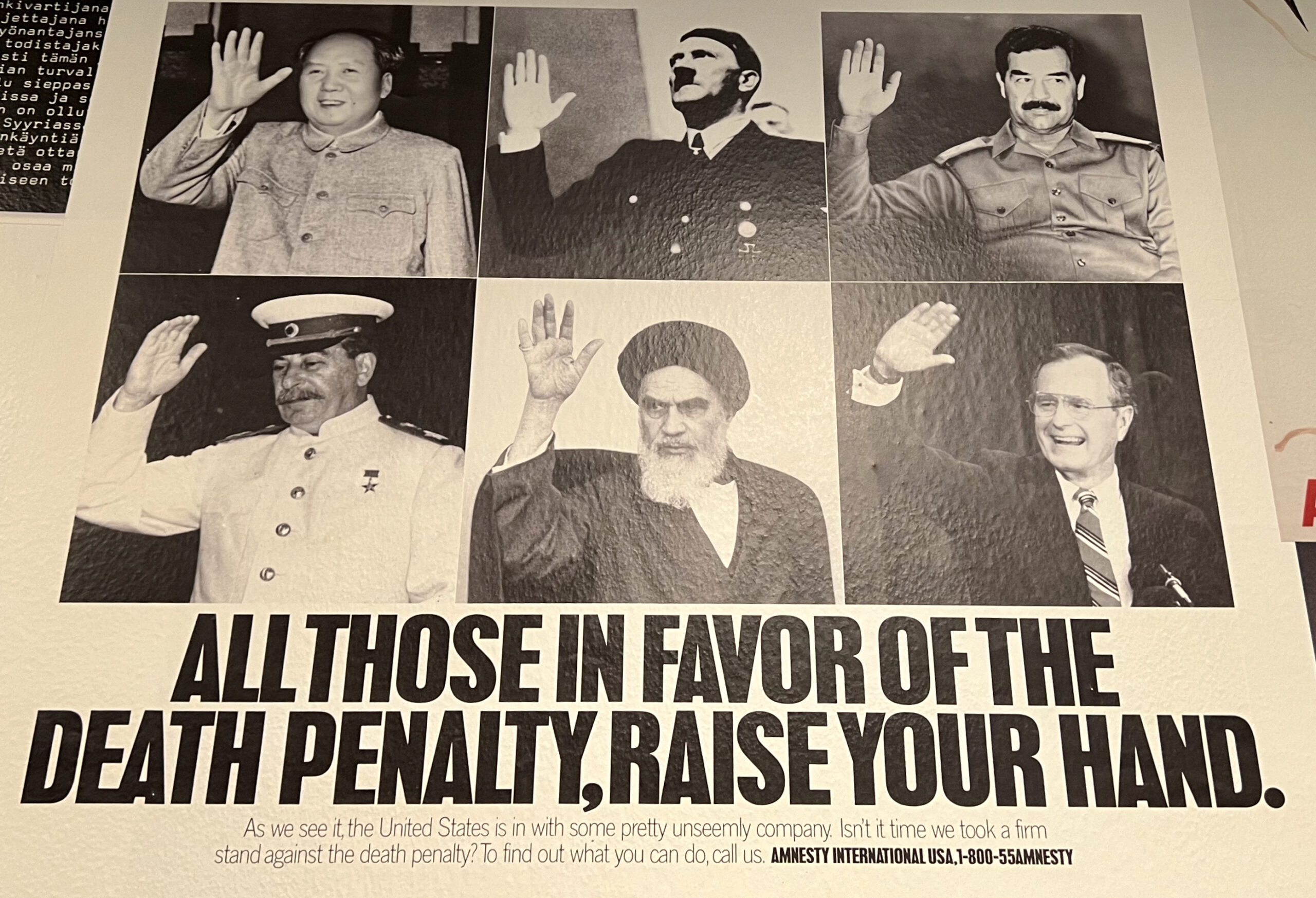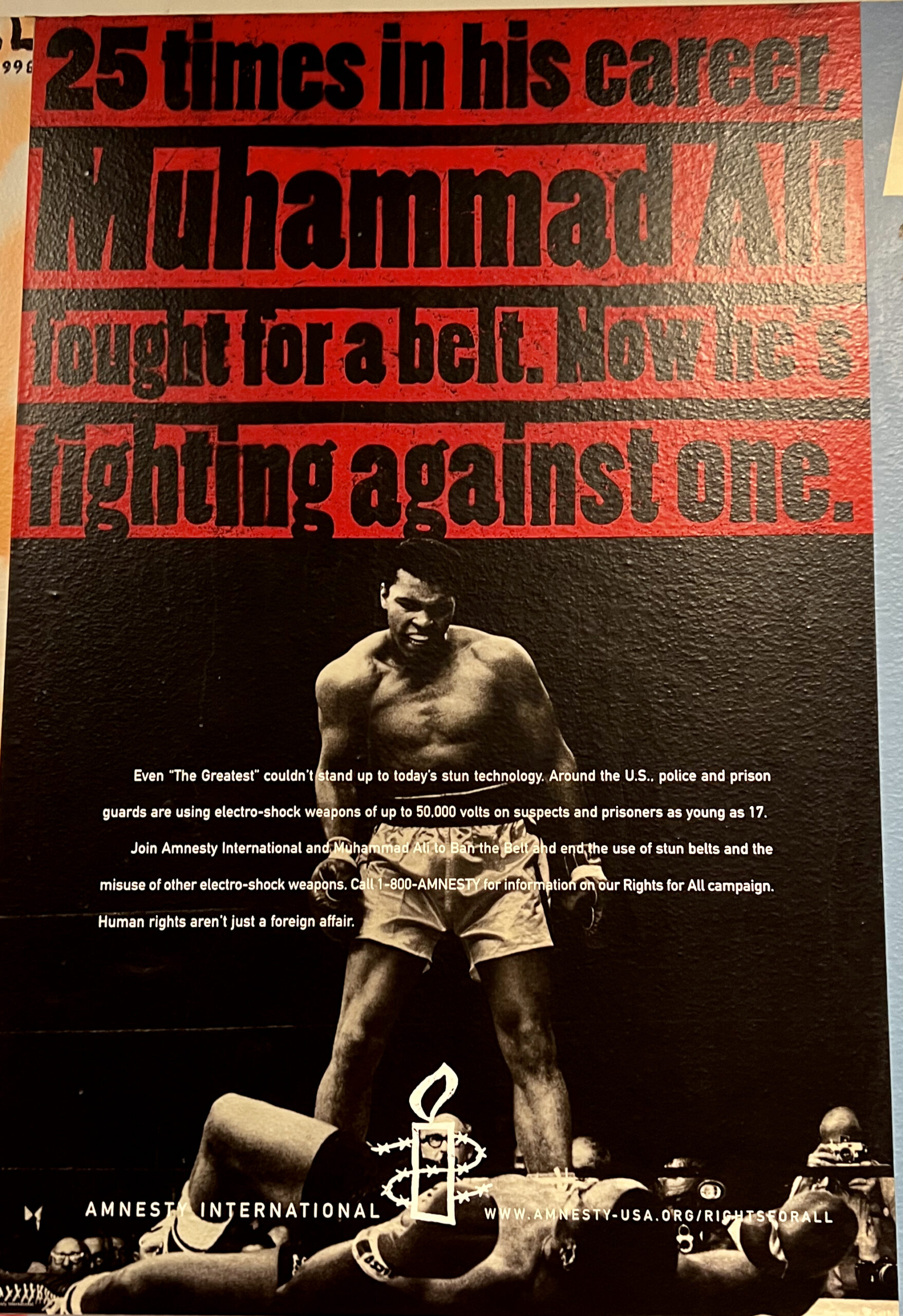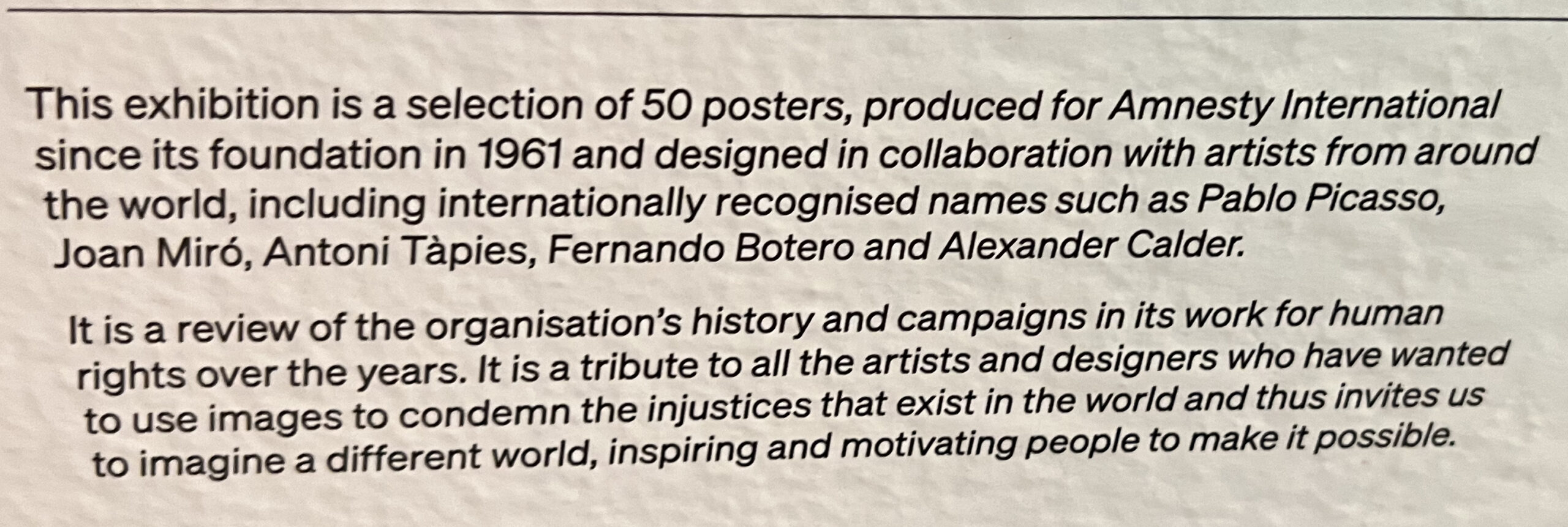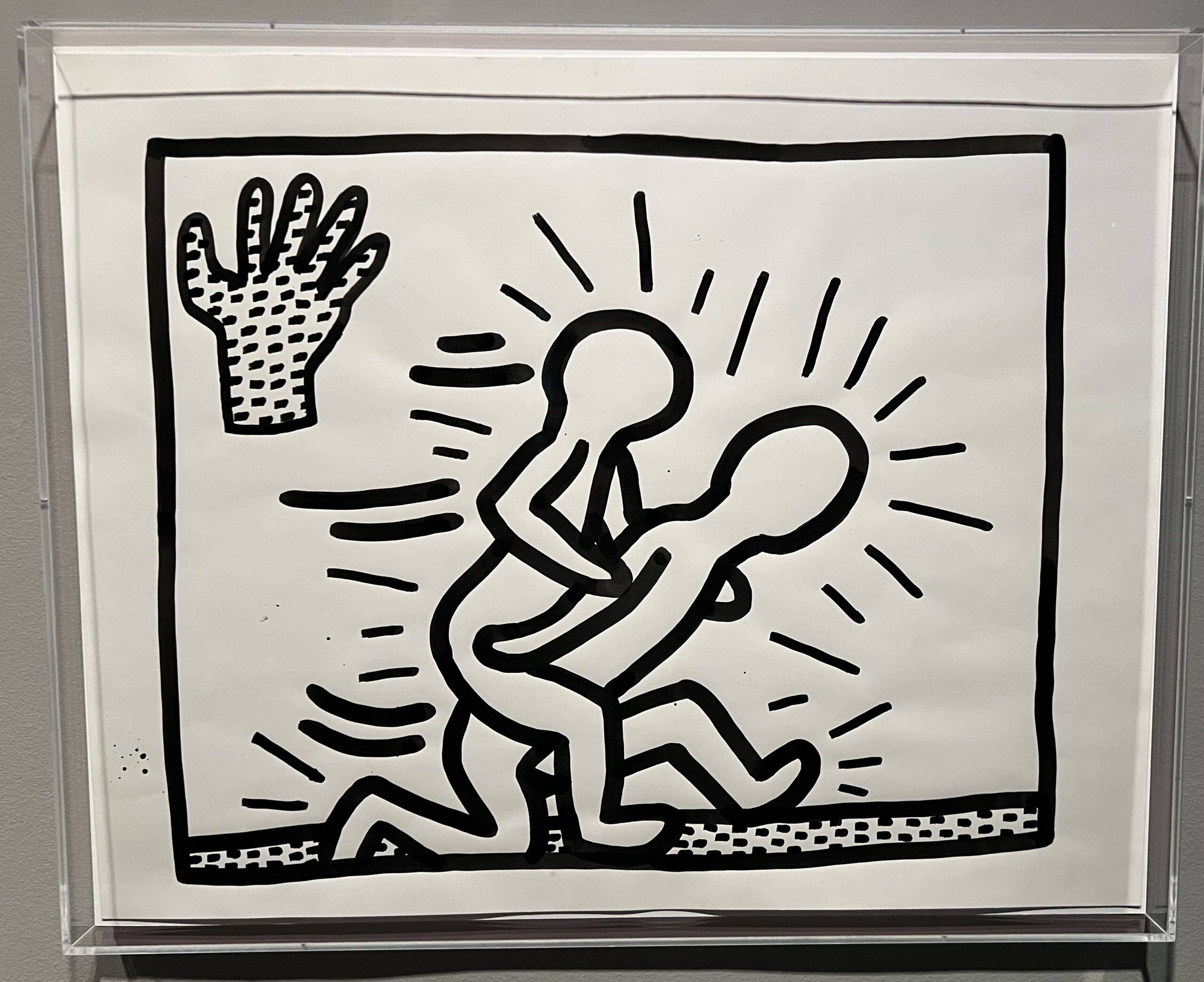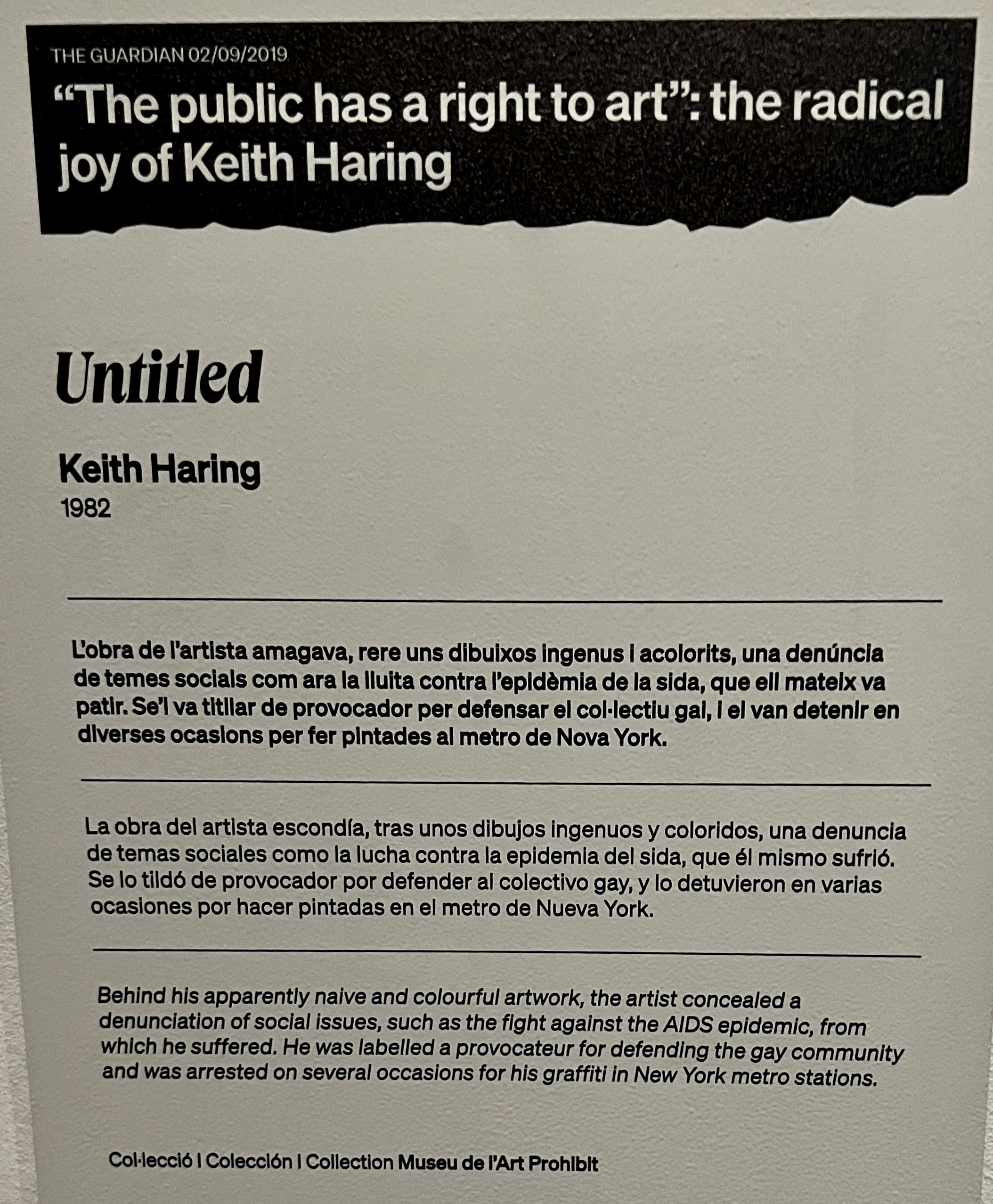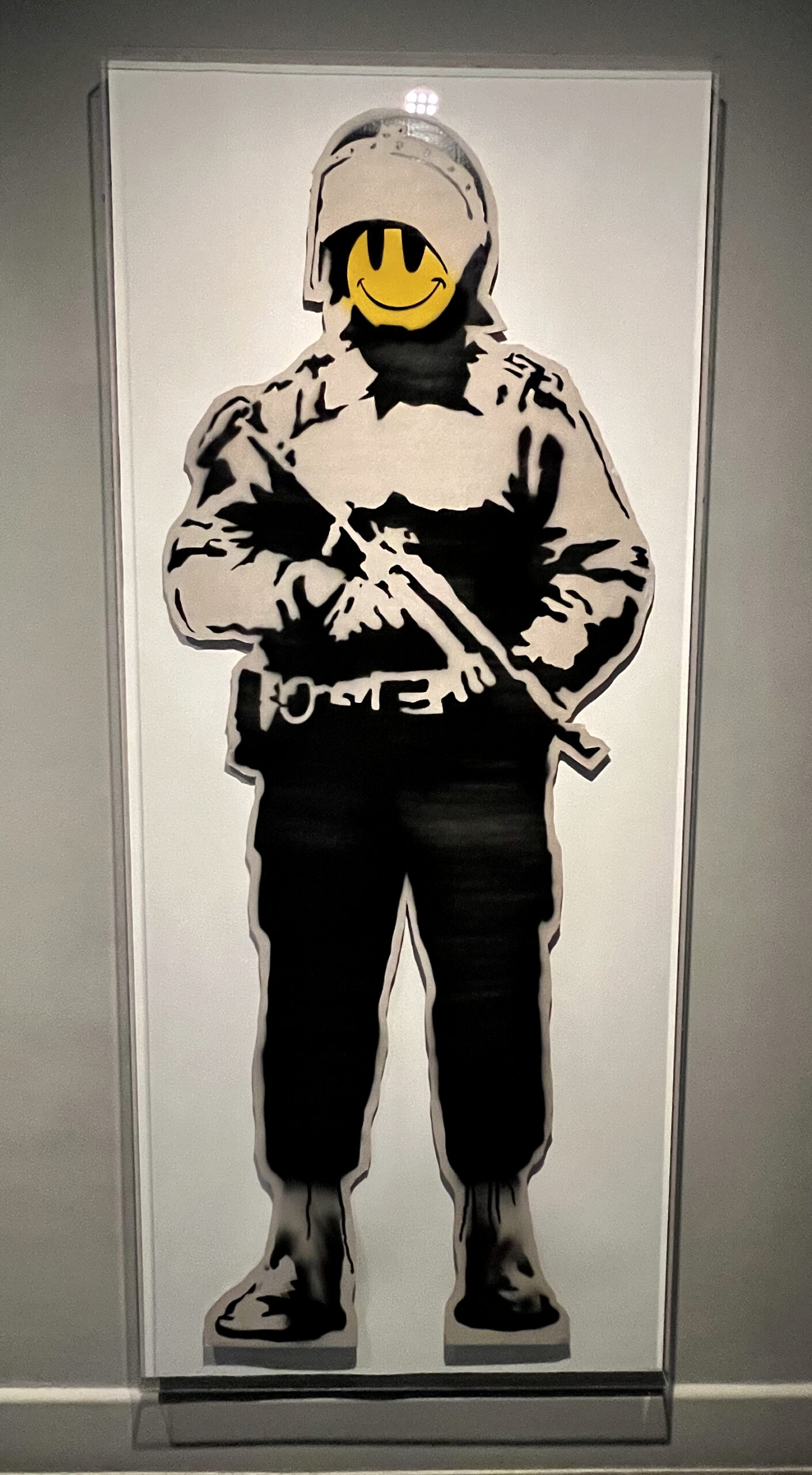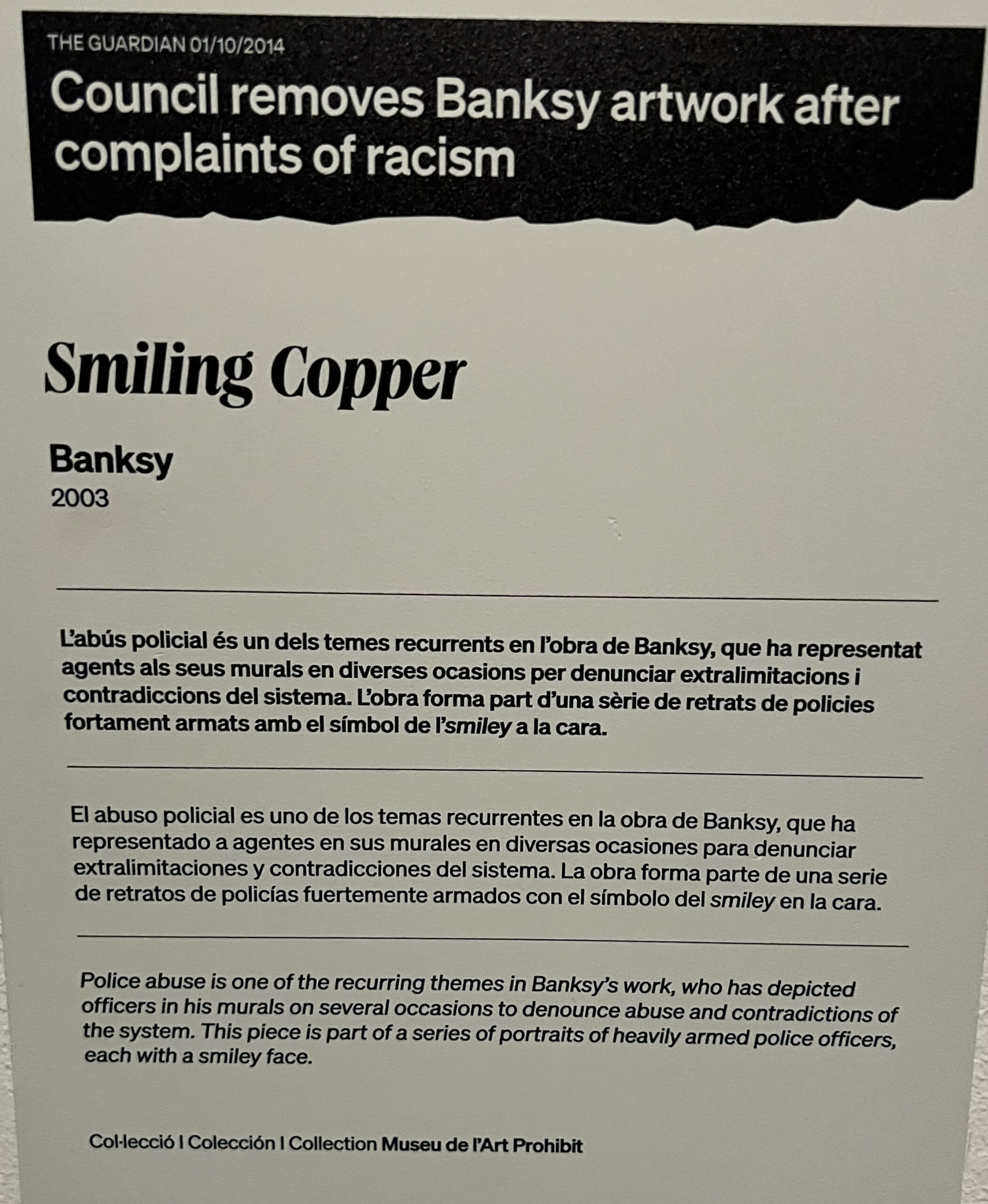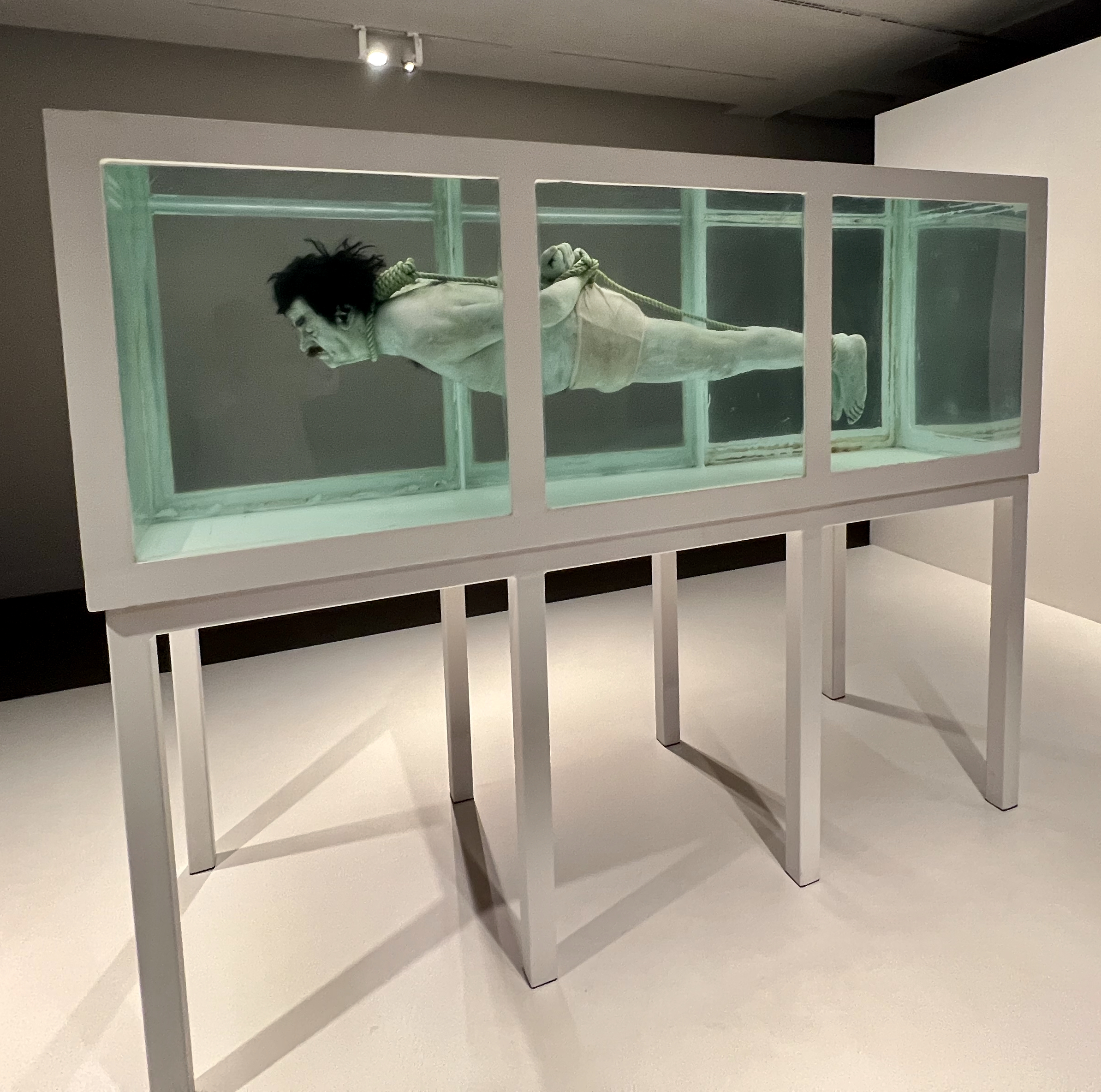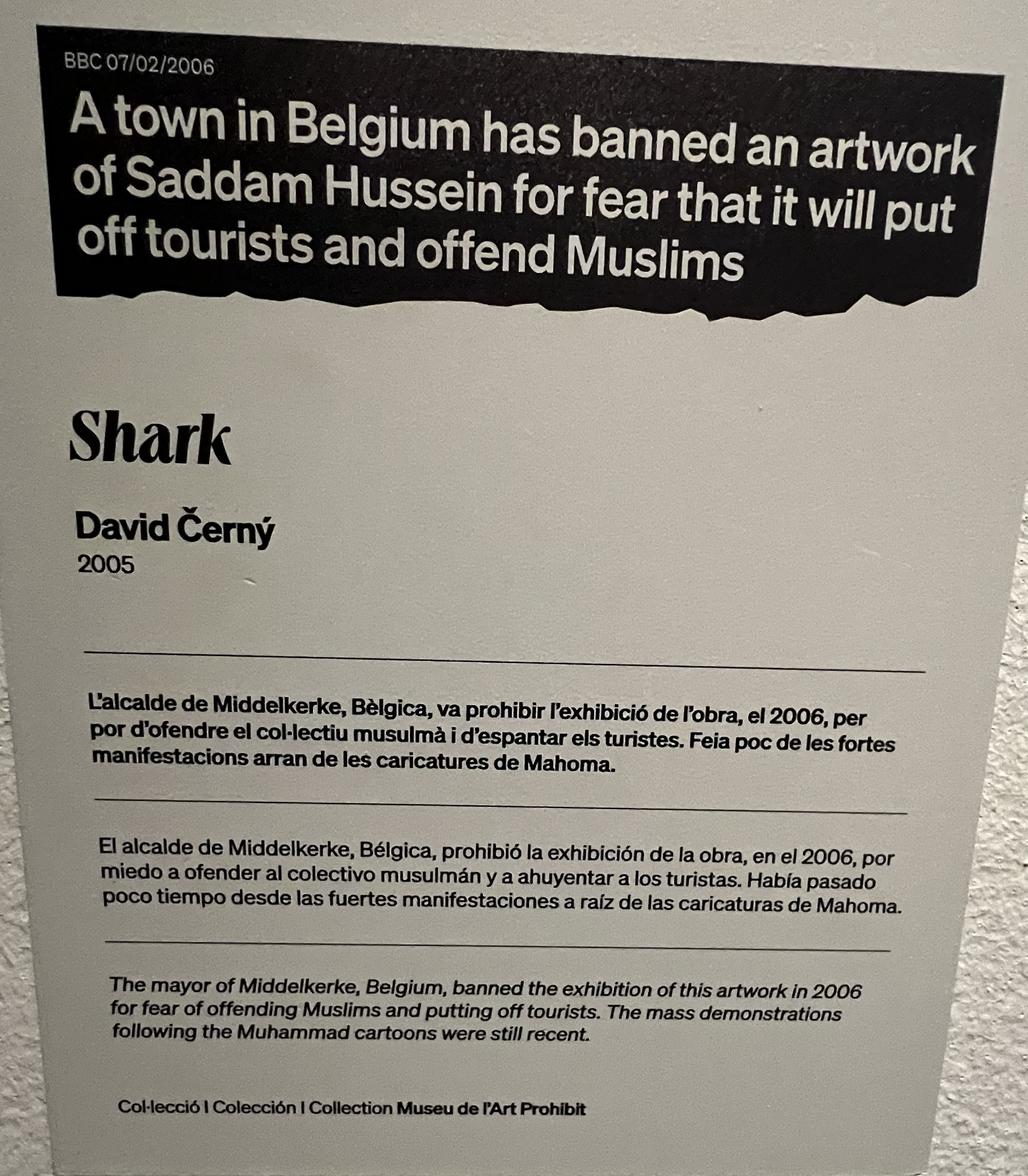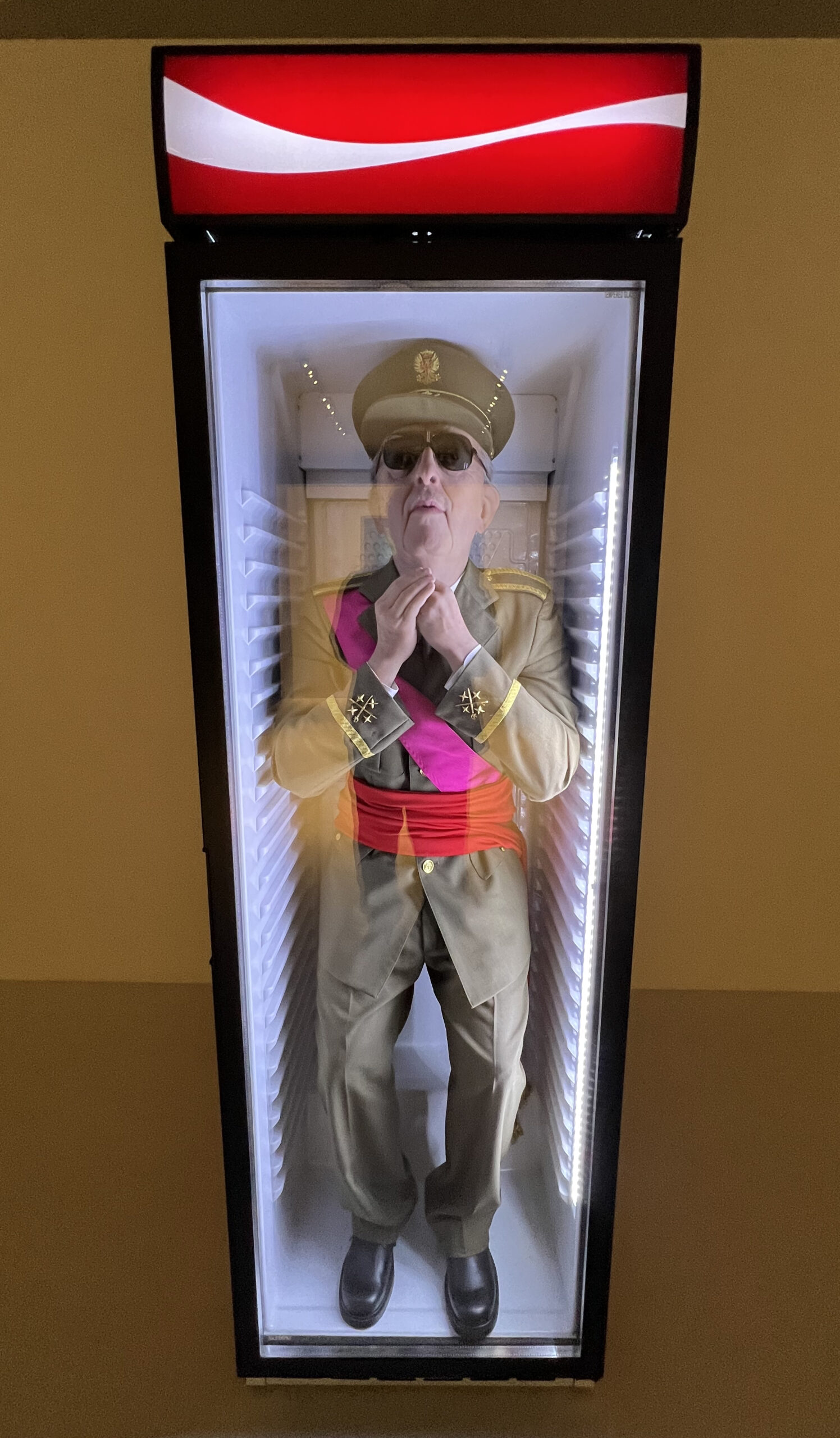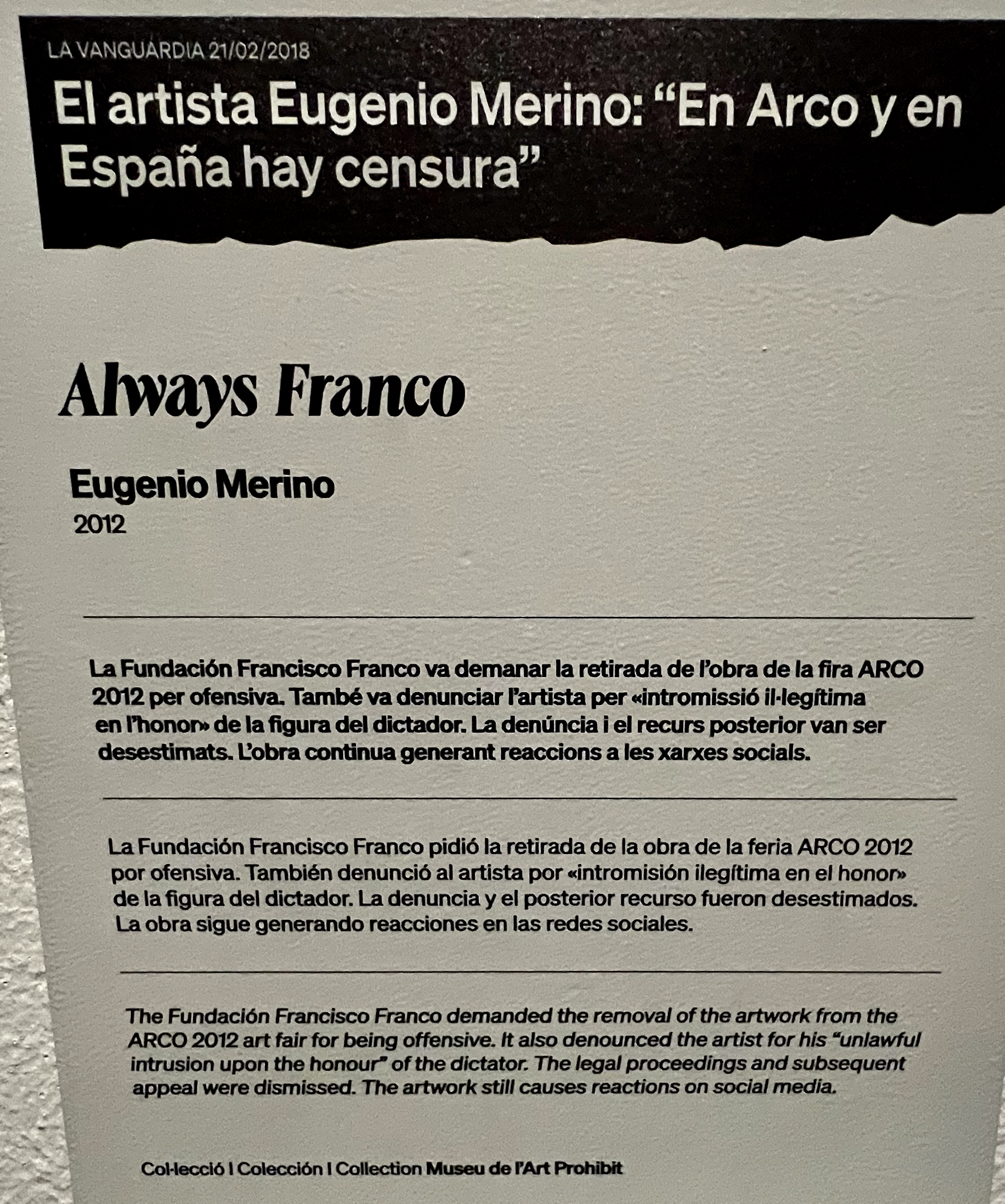Warning: This post contains graphic images and explicit sexuality.
At my first church staff position (a naive and easily manipulated nineteen-year-old) as youth and music pastor, I will never forget the ultra-authoritarian white male pastor ordering me to have a record burning of all the youth’s rock and roll albums. For some ignorant and unknown reason, he preached that ALL rock songs were of the devil. They had an “African” beat that caused sexual temptation. Yes, you read that right.
I reluctantly consented, fearing losing my job, but only if he would lead it. However, he forced me to throw in the first record. It was my prized Chicago VI recording with “satanic” songs like Just You ‘N’ Me. It had been a gift from my closest high school friends (my fellow band officers). Imagine my horror when, a few weeks later, they accepted my invitation to attend our Southern Baptist church and saw a photo of me throwing the album they had given me into an oil can of fire. It is a memory that makes me shudder to this day.
I searched for years to find a quality replacement for that lost album. Finally, in 2015, thirty-eight years later, I found an almost perfectly preserved copy at a vintage record store in St. Petersburg. I now have that “prohibited art” displayed prominently on our great room bookshelf as a reminder of how much I hate banning and censorship. I recount this story to help you understand the myriad emotions stirring within during yesterday’s visit to the Museo de L’Art Prohibit in Barcelona.
It is hard to choose a favorite piece of art in a museum of censored and banned art. It seems paradoxical. But if I must, it would be L’estasidilatex by Spanish artist Juan Francisco Casas for many reasons. It parodies one of my favorite sculptures, Saint Teresa in Ecstasy, by Gian Lorenzo Bernini, and emulates the drawing style of another of my favorite artists, Alberto Vargas. It also mocks the Catholic church and its requirement of celibacy. There are many layers of meaning. I purchased a poster copy of it and one of the censored Picasso sketches.
Another particular favorite was Make America Great Again by Australian artist Illma Gore. I could not help but think it is a piece of art that is sure to be burned if the convicted felon cheats the American election again.
The museum is housed in an extraordinary modernista house in the L’Eixample district. The house’s beauty was a pleasant distraction as we read and witnessed the horrific examples of banning and censorship. I have tried to let the art and descriptions speak for themselves. The name, artist, description, and information follow the artwork. This post contains about 20 of more than 200 works of prohibited art in the museum. Please consider visiting if you are in Barcelona. It is the only museum of its kind in the world.
